SOUTHERN CULTURE ON THE FLY
Issue 51
episode one: Uneasy Listening the lads recap the 49th issue and try not to throw up episode two: SSO Debrief the lads siddown with Jeff Wright and Ryan Stephens to talk about another successful southern striper open.
episode three: SCOF 50 Recap the lads recap the 50th issue and talk permit fishing with Declan "Gecko" Rogers epsiode four: films and shine the lads drink high octane moonshine and discuss the state of the fly fishing film industry
new episodes whenever we feel like it

2 S.C.O.F MAGAZINE
the SCOFCAST

3 S.C.O.F MAGAZINE


M ORE FIGHT,MORE TOUCH








SALT


Load shifted closer to the hand prioritizes feel and recovery. 25% greater strength for increased pulling power.







The
 by Alan Broyhill
by Alan Broyhill
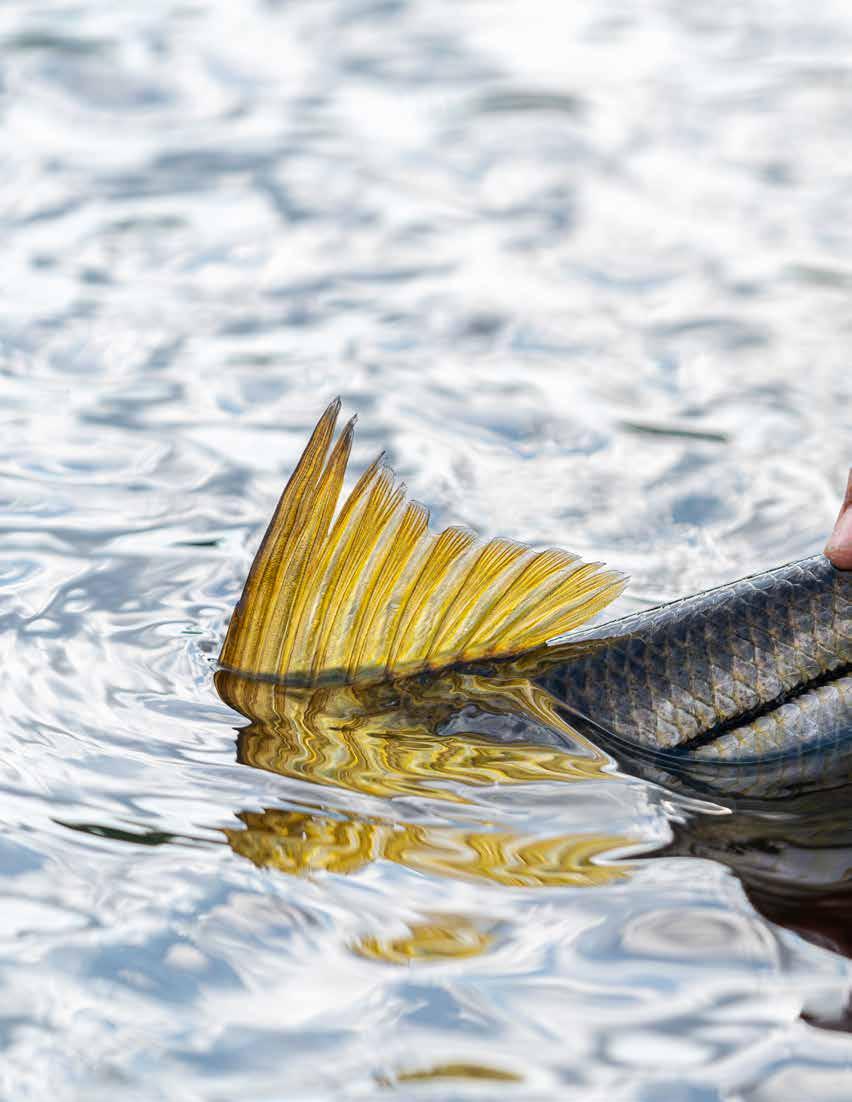






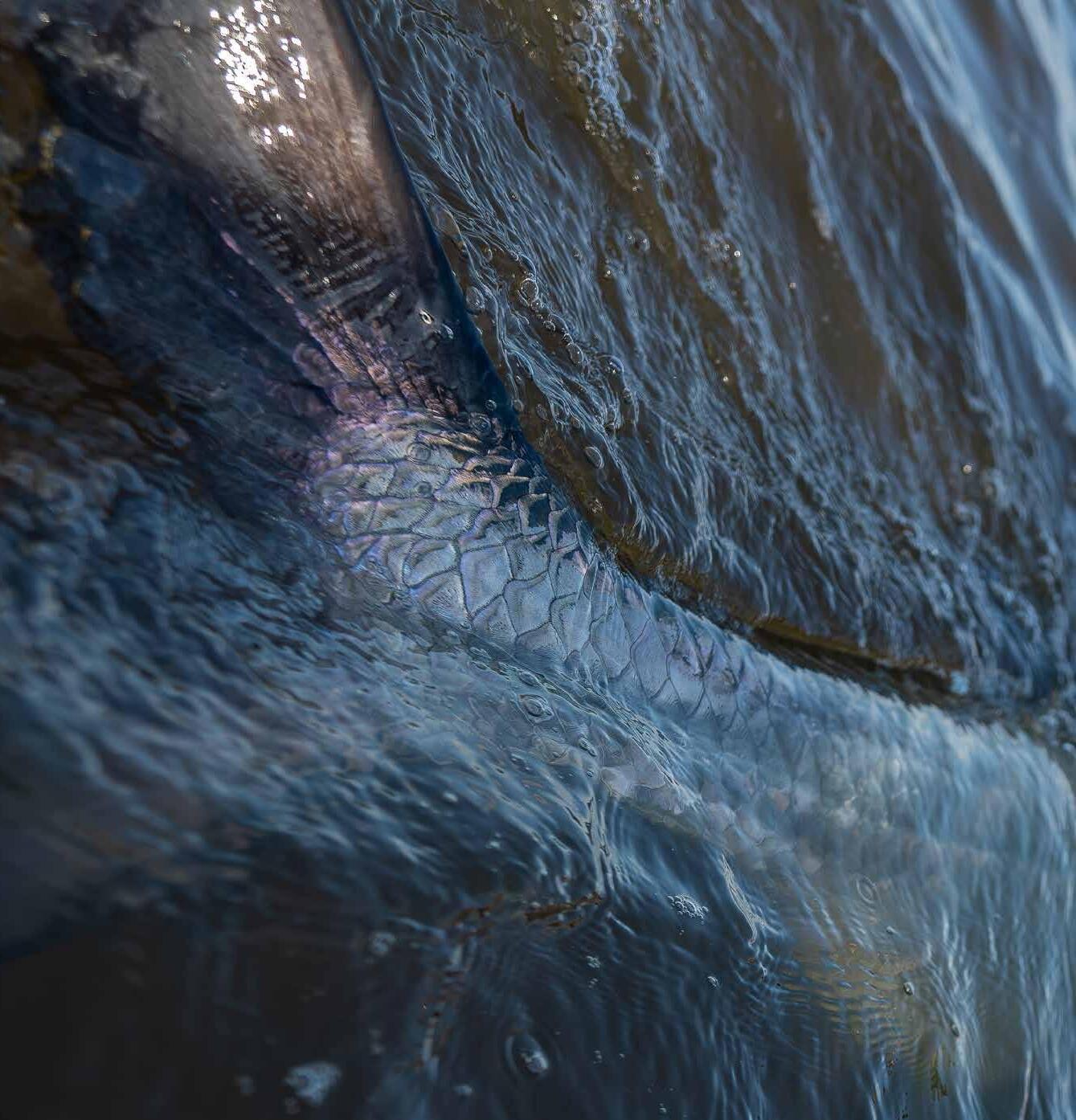

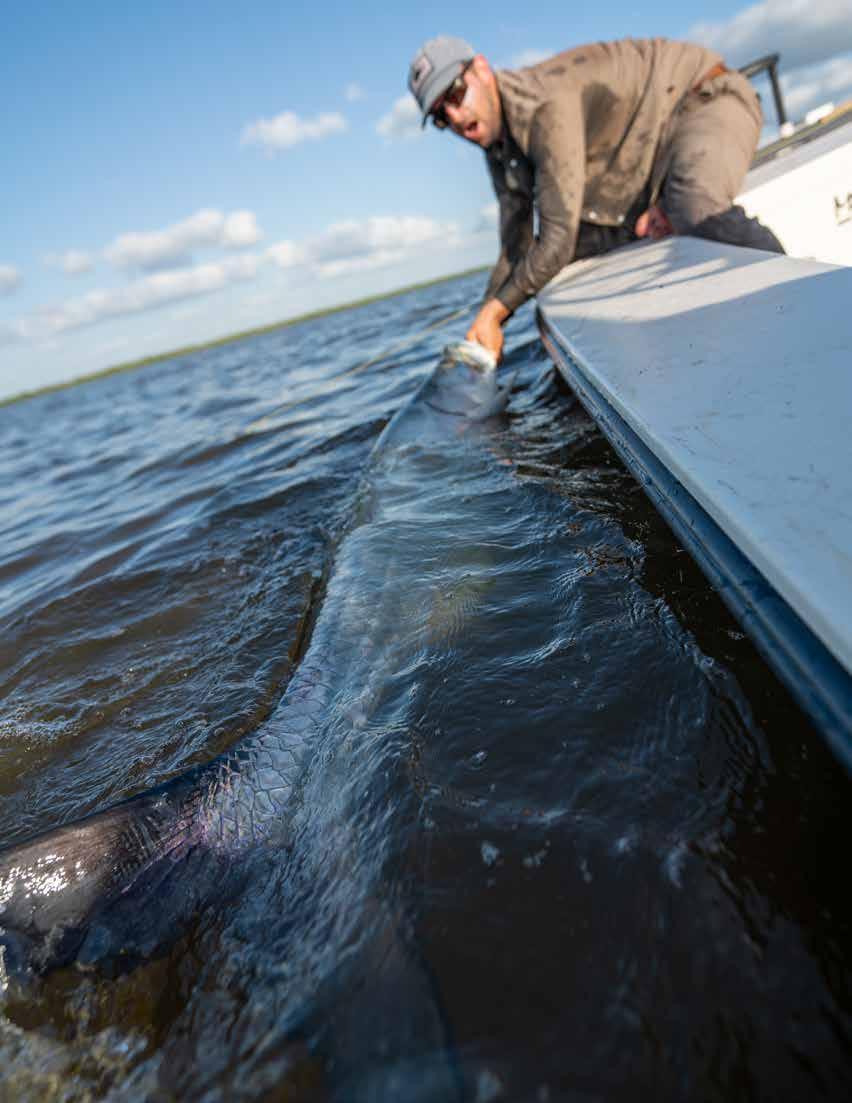



16 S.C.O.F MAGAZINE

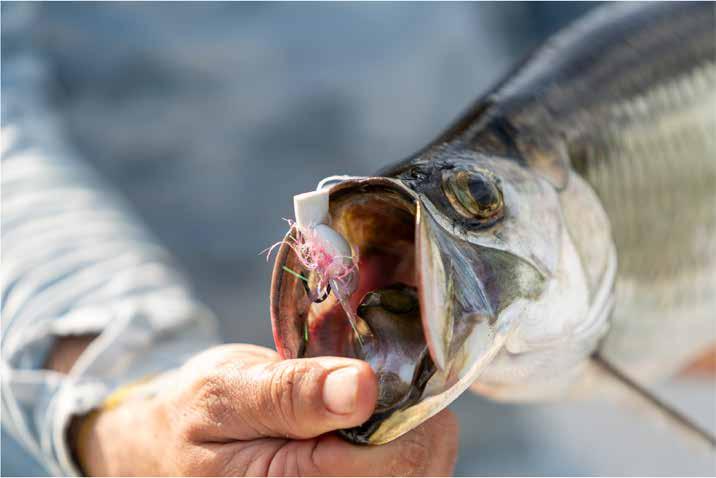

17 S.C.O.F MAGAZINE

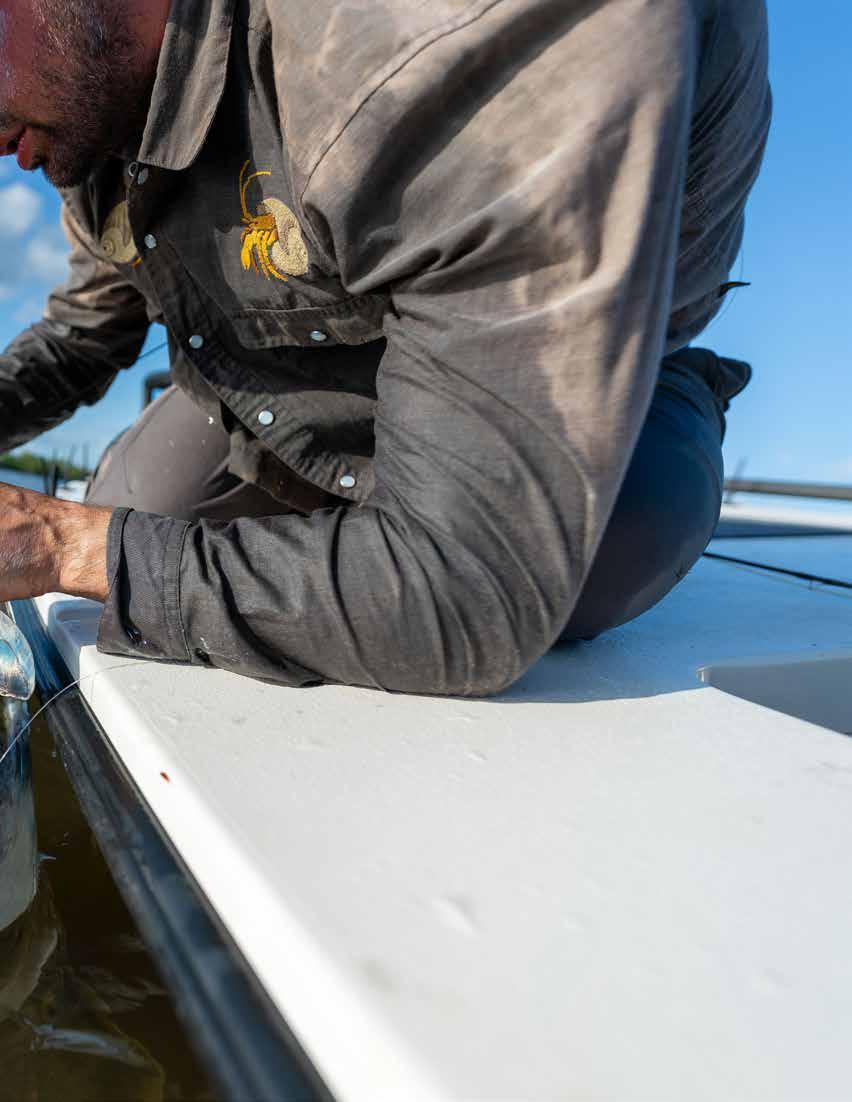
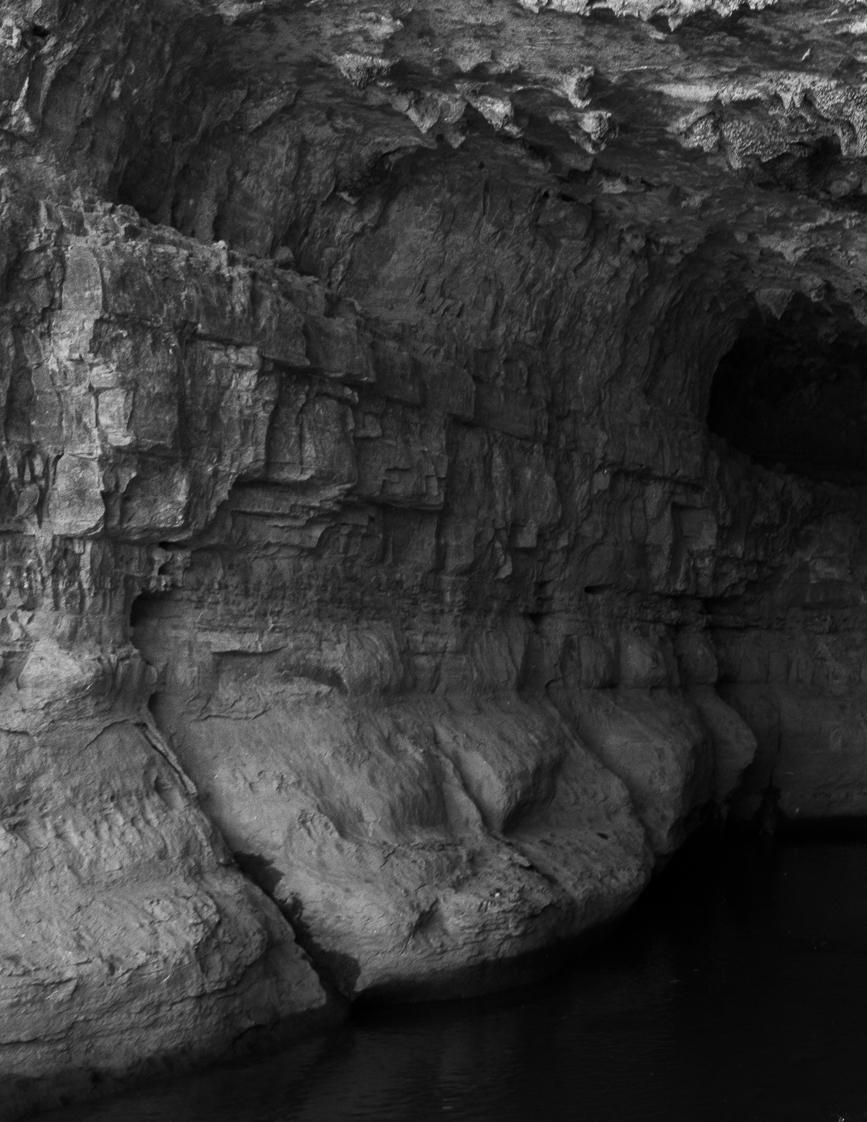

8 The Everglades a photo essay by alan broyhill 28 letter from the editor 30 haiku by cola 38 The New Strip Club by john agricola photos: declan rogers 49 Fishermen for Make Benefit Glorious Nation of Kazakhstan by hank 52 Southern Striper Open Results photos: alan broyhill 56 Truck Trout – Unsung Heros of a Southern Winter by JD Miller 62 Cohutta Underwater a photo essay by austin mcdonald 74 lente reverie by Andrew Krakeel 86 FEATURE: Le Tour de Lacs by various authors 128 Letter from the Creative Director by hank

The Sheepy Results photos: declan rogers Motels by Mike Tapscott illos by James Cadbury
What Up Ma ng? - Inlanders Attempt Everglades City and the 10,000 Islands by jason miller Traffic by Shawn Swearingen
Outpost Report Number 1 - Desert Island Solitaire by dr. mike steinberg
Casting for Recovery Retreat at Eagle Ridge Farms by Sandra Agricola
Poetry Corner with Joe Dahut
EMERGENCE CONVERGENCE
Fur and Feather Matinee by Capt. Tony Janik
Fishing Hats in Church, Both Sacred and Profane by john agricola photos by Gordon Hight THE BENCH PRESS Ribbit Rhol by John Lohr Conservation Corner– Dam Removal in the South? by dr. professor mike
130 132 142 146 150 160 181 156 164 182 190 198
noah west
photo by
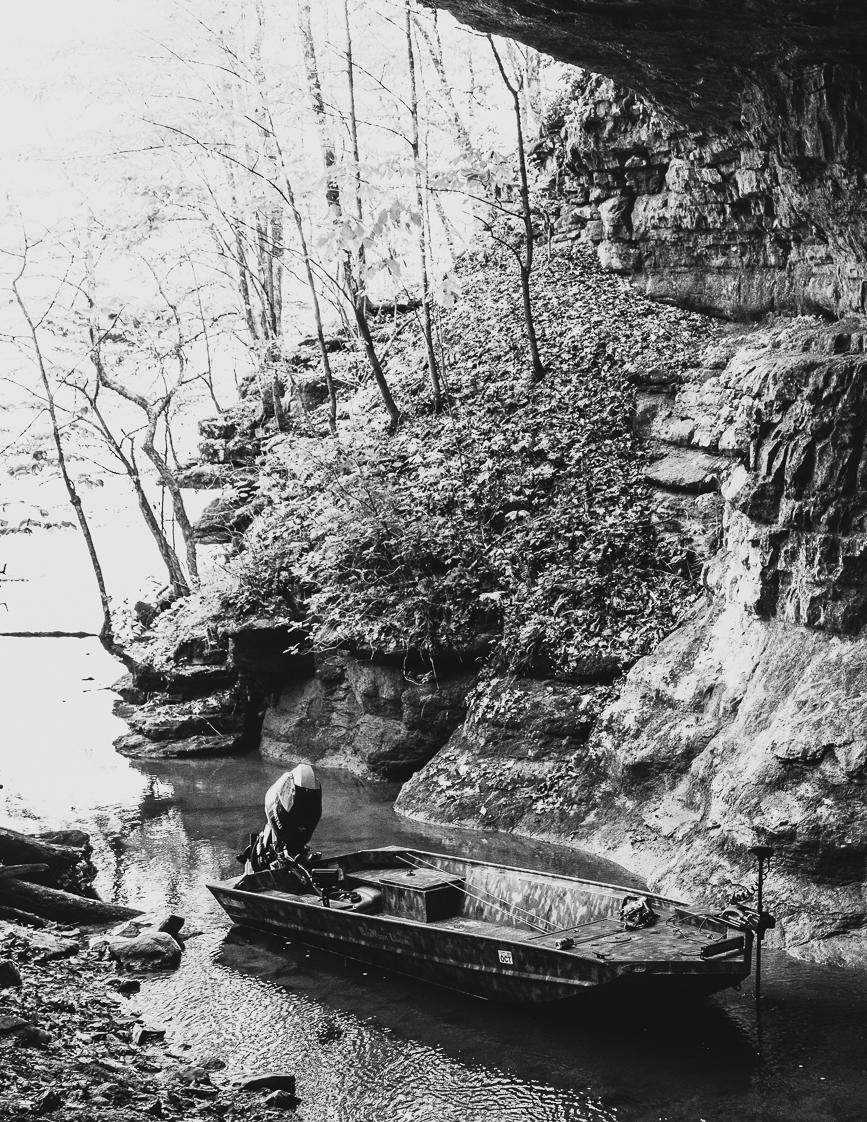
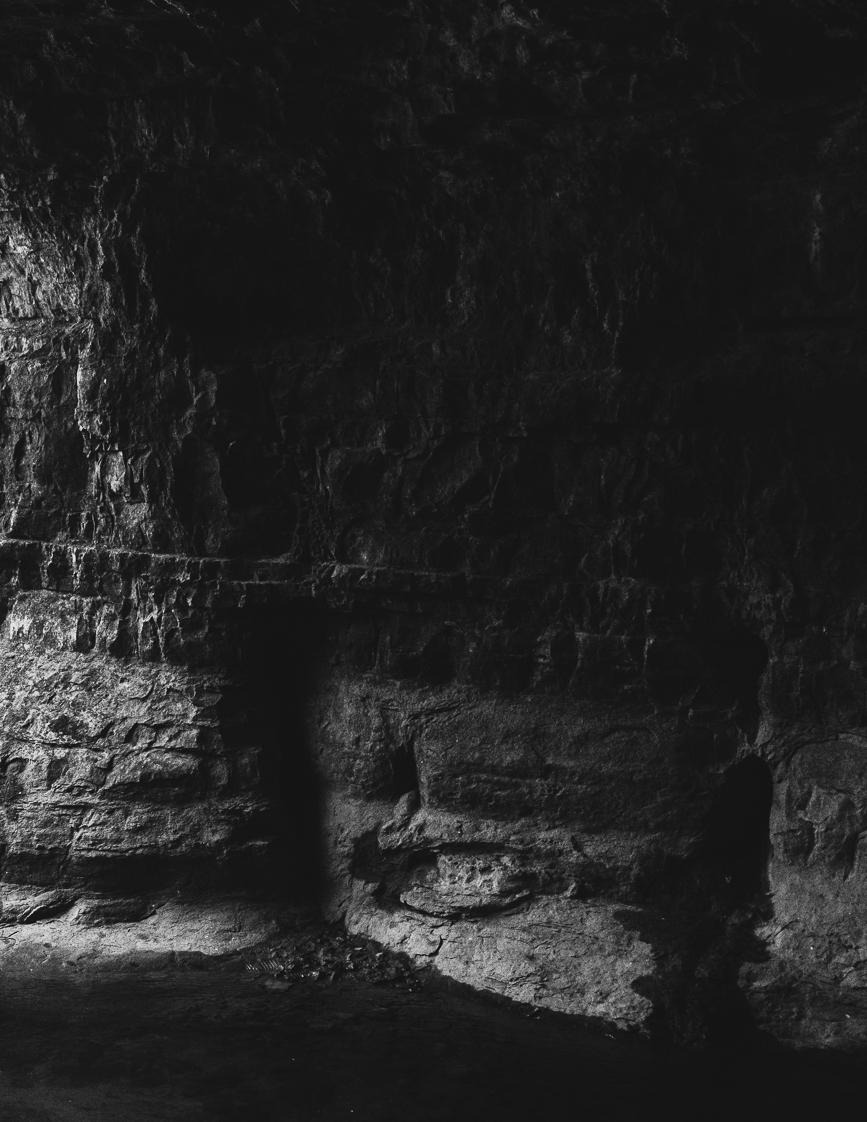
Spring 2024 issue no. 51
Reservoir Bow Hogs
Managing editor
John Agricola
Editor at large
Michael Steinberg
Creative Director & Chief of Design
Hank
Ads & Marketing Director
Samuel L. Bailey
Merchandiser
Scott M. Stevenson
Media Director Alan Broyhill
contributors: Craig Godwin
Noah West
Austin McDonald
Declan Rogers
JD Miller
Andrew Krakeel
Ryan Stephens
Joseph Clark
Hugh Cheek
Jason Miller
Shawn Swearingen
Lisa Lowman
Joe Dahut
Brett Randolph
Sandra Agricola
John Lohr
Capt. Tony Janik
Managing editor emeritus: David Grossman
Creative Director emeritus: Steven Seinberg
copy editor emeritus: Lindsey Grossman
ombudsman: Shad Maclean
general inquiries and submissions: southerncultureonthefly@gmail.com
advertising information: sam@southerncultureonthefly.com
cover image: Alan, Hank
back cover image: austin mcdonald

s.c.o.f
photo by noah west
3 years in development
16 Iterations of material packages
8 different variations of slickness formulas
And over 2500 hours of field testing

“ “ SCIENTIFIC ANGLERS MAGNITUDE CLEAR FLOATING LINE USHERS IN A NEW ERA OF FISHING TECHNOLOGY
– THE HEADACHES WITH CLEAR LINES ARE A THING OF THE PAST!
-David Mangum, Legendary Fishing Guide


24 S.C.O.F MAGAZINE
Introducing The New Magnitude Clear Floating Fly Line
Duracoat
Specialized dual-polymer design optimizes line stiffness, slickness, and abrasion resistance while significantly reducing line memory and tangles.
EST +
EST+ - proprietary slickness additive that provides unmatched durability, smoother shooting, and eco-friendly performance.
Clear Floating Technology
Clear Floating Technology uses naturally buoyant polymers for the ultimate in stealthy presentation and best-in-class durability.







25 S.C.O.F MAGAZINE

shop the scof store

Dear Readers,
Spring has finally sprung its elemental magic upon the waters and earth. The faces and people are glowing as if they are at a Bonnaroo festival in the heart of the Tennessee Valley, and us anglers sit on the precipice of an environmental moment that will bring us all together like teens playing a Ouija board seance while stoned. Yes, spring is here and we all throw caution to the wind and begin the piscatorial chase. We all go through phases on our preferred quarry, and like children running to the pool out of mother’s grasp, we all occasionally forget sunscreen, much to our detriment.
One of my Agricola Germanic forebears was a metallurgist. He wrote a text on alchemy entitled, De Res Metallica. So naturally I consider myself a wizard by the succession of my surname. I don’t like to toot the SCOF horn too much because it has been a group effort, but this Emergence Convergence Virtual Tourney is going to have people sharing in each other’s stories and glory for a frenetic month. People will call in sick to work just to get a taste. Common carp will transform from maligned “trash fish” to exotic golden mahseer like we have seen only Jeff Currier tangle with, and this will happen in the week the carp begin to orient from vacuum cleaner hose in the dirt to graceful dry fly sipping tanks, slurping from the surface of their ethereal heaven. This reaction will be an alchemy for jubilation and freedom from the monotony of responsibilities.
The internet is our nexus for communication and shared experience. This is not altogether new, but now terrific prized gear and Turtleboxes will flow like milk and honey for our winners. Instagram becomes a lit cave wall, we are the cavemen and cavewomen, cicadas and carp are the pictographic bison and deer, and our ability to pay our phone bill is our torch to watch the world on the edge of World War 3, playing in the impoundments and rivers of our great nation. Yes SCOF, you made it to the end of the world. The cicadas are as primordial as the ooze that Adam and Eve swam in, and they are nearly as eternal as God Himself. We hope you will participate in our glory holes on the internet; they will gush milk and honey and Turtleboxes. Please enjoy the “Reservoir Bow Hogs” issue, we certainly enjoyed making it!


28 S.C.O.F MAGAZINE A letter from John, the managing editor


29 S.C.O.F MAGAZINE
Haiku
by Cola
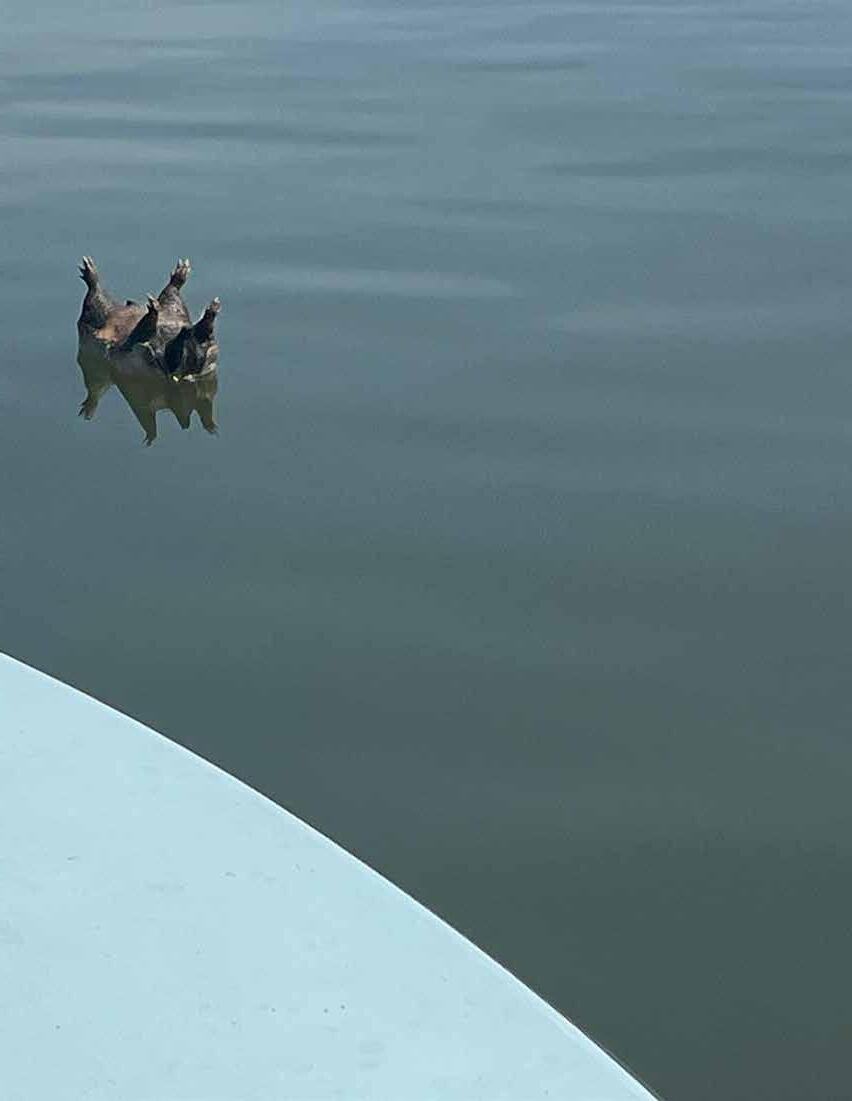
Tarpon Genuflections
An Anglican vows
Never fish before prayer
Reservoir dog bows
Sinner vows, “one more”
Bows rod to the other king
Everglades Easter
Poon scales are worshipped
Glorious fight, give me more;
Idolatry wins
 photo by robbie capps
photo by robbie capps


BENCH PRESS

Ribbit Rhol
by John Lohr

34 S.C.O.F MAGAZINE


35 S.C.O.F MAGAZINE PRESS PAGE 190




The New Strip Club
by John Agricola photos by Declan Rogers
There is something about a fishing tournament that gets me going. It’s almost enough in and of itself. The SCOF crew was staying in Gainesville, GA, on Lake Lanier. When I arrived, Hank was tying up a mess of blueback herring clousers. His fishing partner Eli was sitting next to him rolling an occasional joke out from under the table, and Alan was sitting on the other side of Hank subtly critiquing his work. Then he saw my newly bought fly box with the price sticker still on it. I was mortified. None of my game changers were really ever going to be in the game, at least according to that fly ninja Alan. Unlike me, Alan has won tournaments before—even this one.
At the captain’s meeting at Alpharetta Outfitters, about 60 folks gathered to take part in the 2024 Striper Open. My expectations were rather low for competing. Sam would be my captain, and Gecko my partner in this contest that benefitted participants in Project Healing Waters, which is a non-profit that teaches veterans who suffer from trauma how to fly fish. The goal is to put rods and tying equipment in front of these real-life heroes. Even more, the goal was to get these vets out on the water with guides. To give them an experience with something wild. Quite a few of the anglers had wives that were working the event or were at least supportive of this event by their attendance. It would have been despicable to take my tourney money away from this event, in spite of how the odds were stacked against out-oftowners, and move it over to the Pink Pony
39


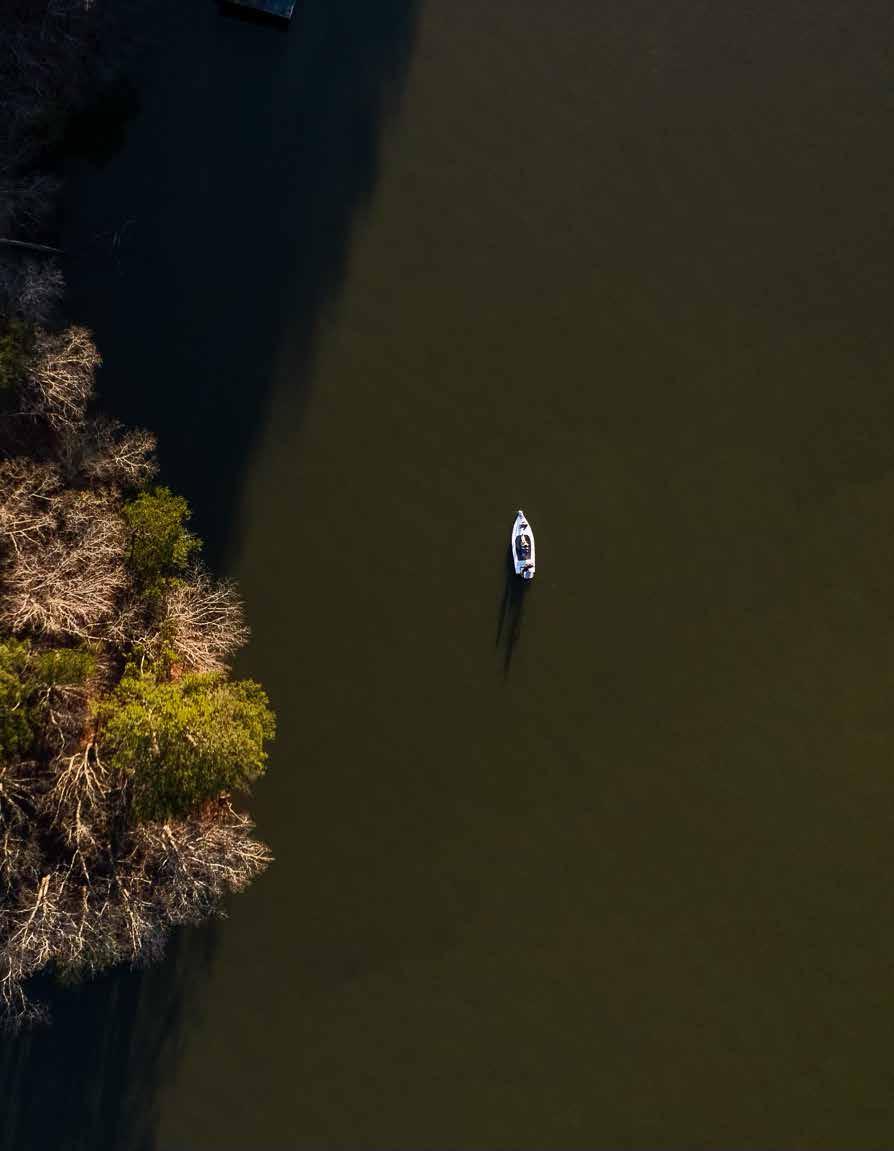
in Atlanta. Three hundred dollars would have made a perfectly good contribution to Project Healing Waters, and to set it down like rain man before the strippers of the Pink Pony, unforgivable. The good gesture would have been transformed into a waste. The strippers may tell you they are using the money for nursing school, or their kids’ Ninja Turtle collections, but don’t you believe them.
For about 20 years, I thought it was occasionally very fun to go to strip clubs. To spar with waitresses, to share emotional trials and tribs with women whose tribs look like a Niagara Falls of conflicts and hard luck. After the captains’ meeting, Sam and I went to stock up on groceries. I pulled up the Pink Pony on my iPhone. It was only 37 miles away. I remembered the last Pink Pony I did in Huntsville. After about 10 private dances with no gratification, the woman promised to meet me at the IHOP. I smelled a rat, and a sad pancake dinner alone. I vowed then that I would never go back.
Plus we all had to get up at 5:00 a.m. to get after the stripers. These landlocked striped bass were slapping all around the boat launch. Sam knew a few spots he had fished with Alan before, and so we hit a few of them. Gecko and I both caught nice 20-inch spotted bass. Hank caught an actual striped bass. Then a cold front set in, and the bite abruptly turned off. It was like the friction and compliment train of the Pink Pony if you were to experience the rare occasion of an ATM running out of money. The fish were lockjawed for the next few days.
You’d think I would have wised up by Saturday evening, and gone for the excitement of the Pink Pony, but suddenly, I was all out of joy for making


it rain. Raining dollars was too expensive. The women smelled of cheap perfume and cheaper cigarettes. Of course Alan caught the biggest striped bass at 31 inches. Because he is Alan. But I am the most improved angler in that I no longer needed the tawdry touches and cheap thrills of a Pink Pony. Always stripers over strippers.
42 S.C.O.F MAGAZINE



 photo by Alan Broyhill
photo by Alan Broyhill

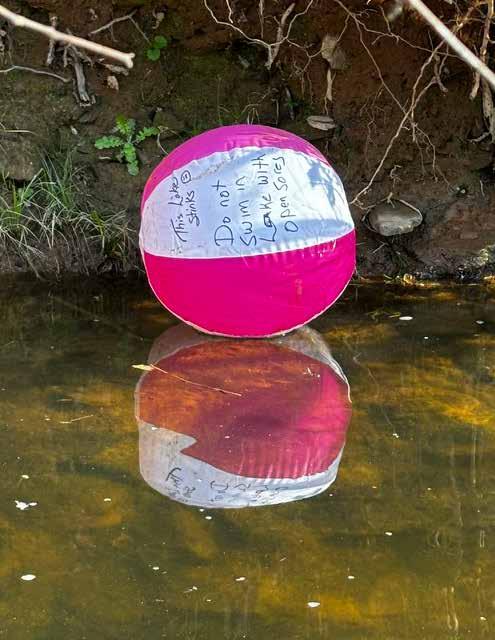 photo by ryan stephens
photo by ryan stephens
Fishermen for Make Benefit
Glorious
Nation of Kazakhstan
By Hank
There’s really no reason to go fish a tournament if you have no skill, no friends, and no money for raffle tickets, but a little of each makes an entry worthwhile. What I lack in skill, I make up for with skillful friends, and what I lack in money, I make up for with friends who go to bed too early and leave their wallet on the kitchen table at the Airbnb. At the Southern Striper Open, my friends saved me the embarrassment of being broke and fishless.
The night before the tourney, I opened my fly tying travel kit on the dining room table and started feeding the Roomba little pieces of snipped craft fur like a blind dog bumping into the table legs when it smells bacon. I had a South Carolina reservoir biologist on my right, and the only SCOF certified pro fisherman on my left coaching me on shad and herring sizes and profiles and coloration. Eventually, I settled on a little blueback herring imitation with some blue craft fur and a pinch of yellow marabou. We were all three of us pretty excited about the freestyled “minner,” but Alan hopped on the vise after me and tied some even smaller shad. In the spirit of good competition, I let him tie his winning pattern and didn’t copy it for myself.
The next morning, the reservoir biologist, Eli, and I had lines in at 7:15. Gar and carp messed with us on the surface, and what flat water we could find was soon completely ravaged by the weekly stampede of glitter boats leaving the park ramp. We went past the marine police hoping they wouldn’t stop

us during prime time on the first day of fishing, and tucked into a wider cove with an old road bed and a few good marks on the fish tv. I caught a 19” striper on my baby blueback after blind casting for a while, and barely had to horse him in on my 7 weight. We were very happy to be on the board, but celebrating in our library voices. Didn’t want to give up our spot on this massive school of stripe. (Too bad it wasn’t that massive, and we couldn’t put another fish on the board for the rest of the tournament.)
Although the marine police didn’t interrupt our fishing, we did have another minor hiccup. We had to run to Bass Pro to get a new trolling motor after our drive shaft shat the bed. I felt sorry for the disgusting stripers in the show tank, which looked like a different species than the healthy chunk I caught that morning. I couldn’t wait to get back on the water. We piddled around with the replacement motor and discovered that the mounting plate required new holes drilled into the hull, and we didn’t have a drill or the time,

49 S.C.O.F MAGAZINE
so we finished day one without a trolling motor. With plenty of assistance from the wind, we were able to troll Clousers through schools of bait. I’m pretty sure I hooked another stripe, but whatever it was broke off when the line got tangled in my stripping hand. We went back to the boat house that night with burnt noses and sore rear ends. The next morning, the cold front had blown all the way in. Luckily, Eli’s deck carpeting had enough chicken grease and bilge oil in it that it never froze. By noon, it had warmed up enough to enjoy fishing, but it was time to weigh in at the yacht club and trade complaints with the skiff.
The second best thing to placing in a tournament is finding out how many other people suck as bad as you do. Luckily for us, nobody caught anything after 9am on the first day, so our dink was something to be proud of. When I told my father-in-law, the pastor, about it, he was


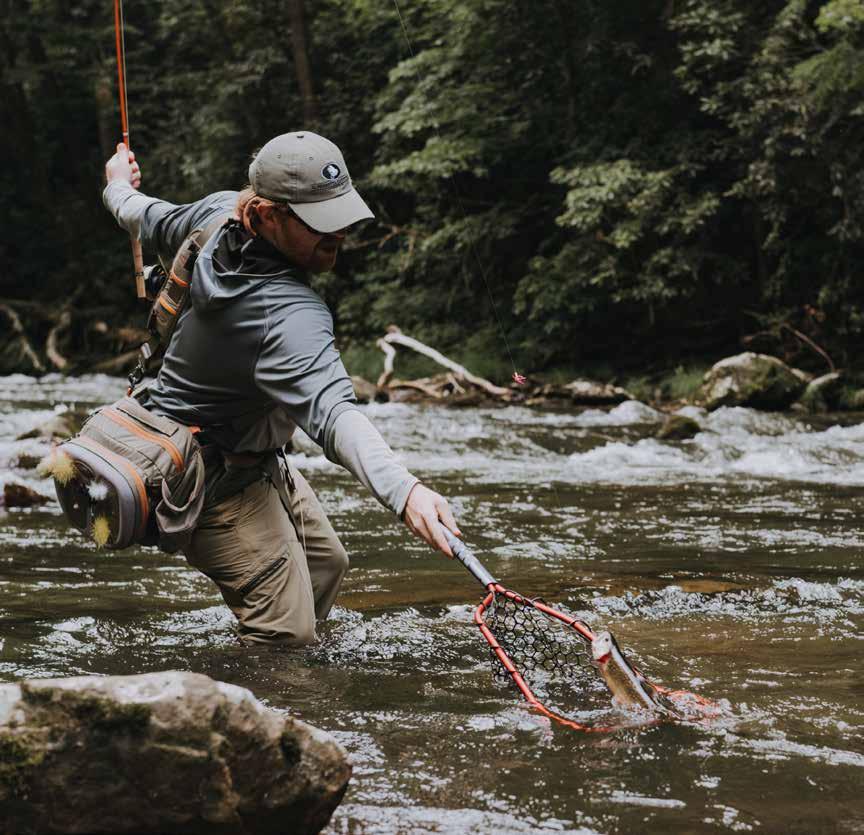


51 S.C.O.F MAGAZINE YOUR FRIENDLY, FULL SERVICE FLY SHOP CLINICS & CLASSES // GUIDED TRIPS // TRAVEL 79 SOUTH MAIN STREET, ALPHARETTA, GEORGIA 30009 ALPHARETTAOUTFITTERS.COM // 678-762-0027
2nd

1st
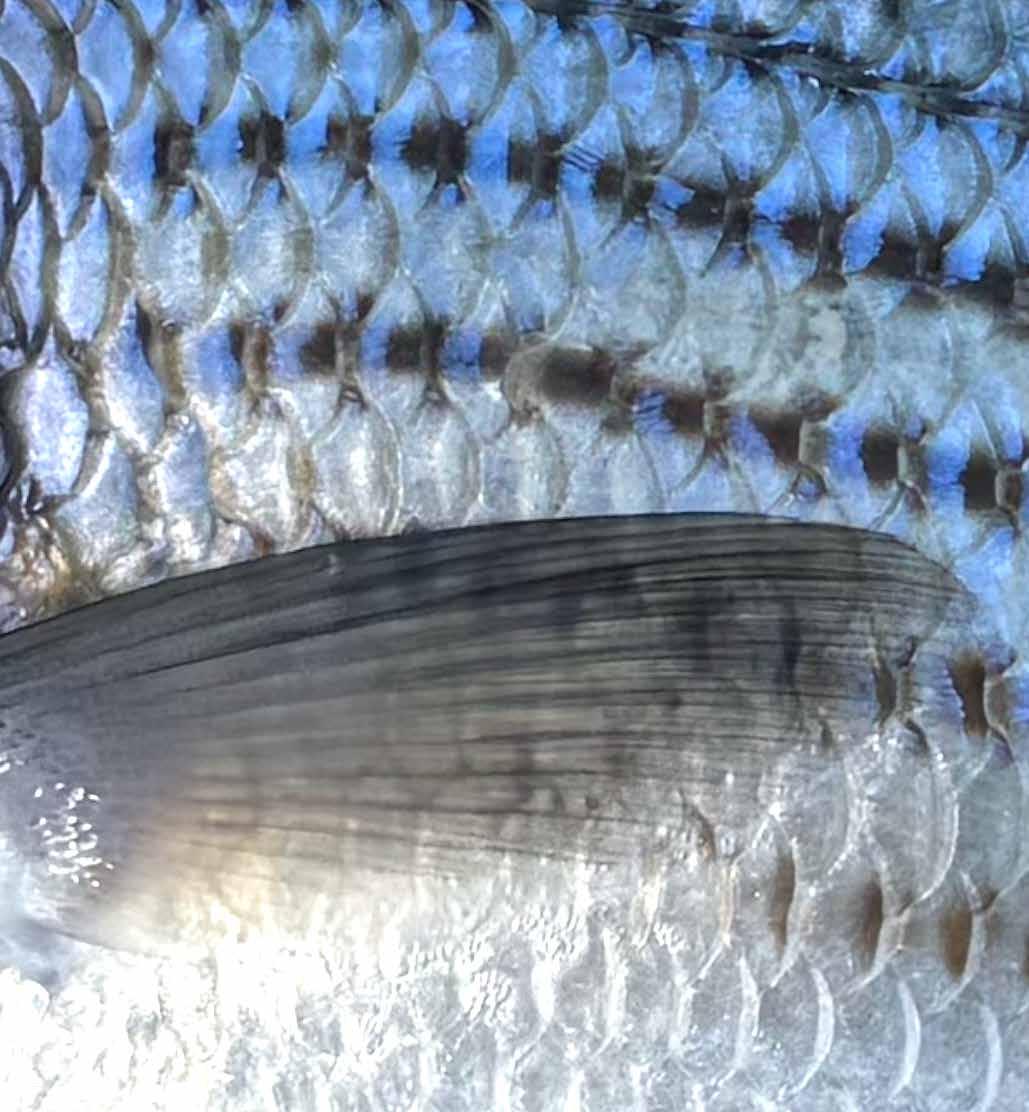

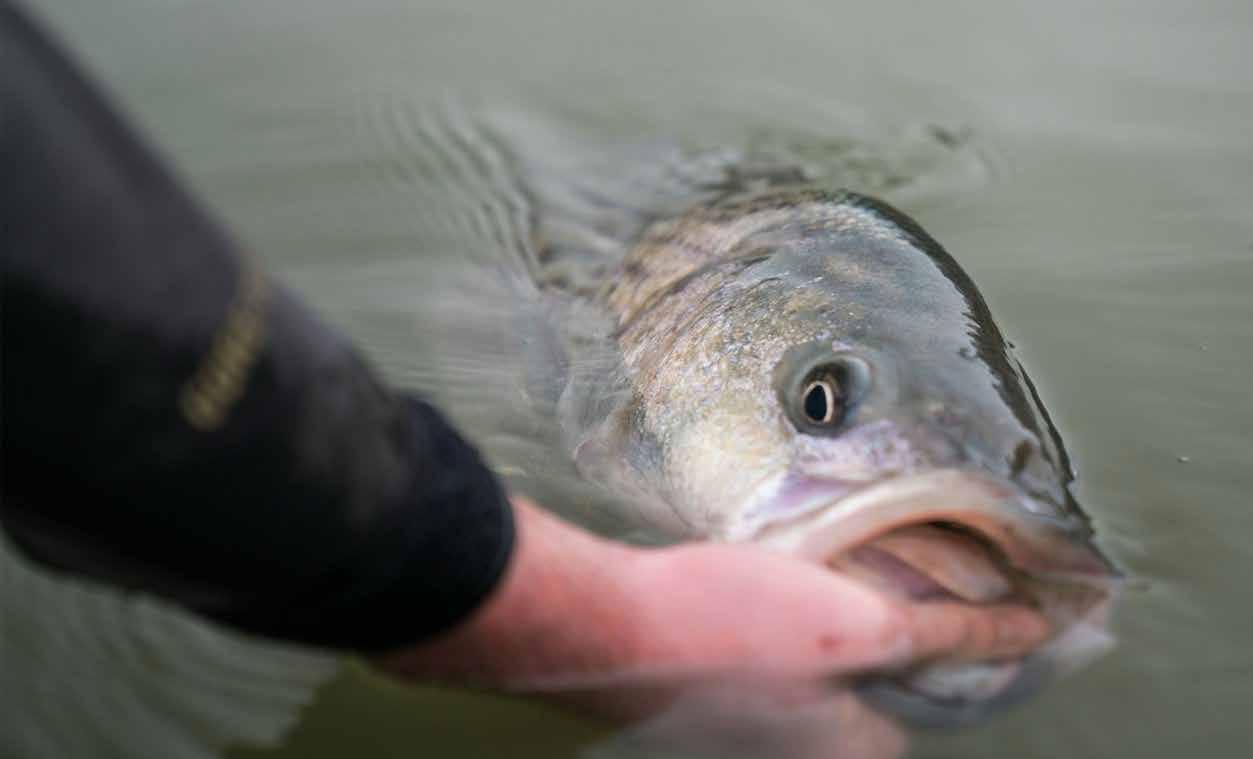
the real winner Prestige Worldwide Matt Donaghey & Jonathan 93in
Woody Woody Oh Yeah!
RESULTS
Woody Higgins & Hunter Powers 87in
3rd Worldwide
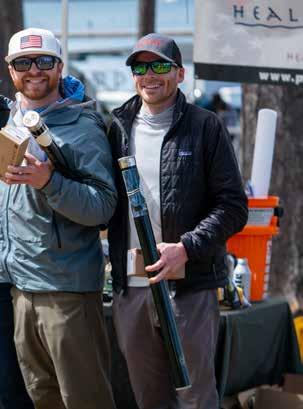
Jonathan Brunson
93in
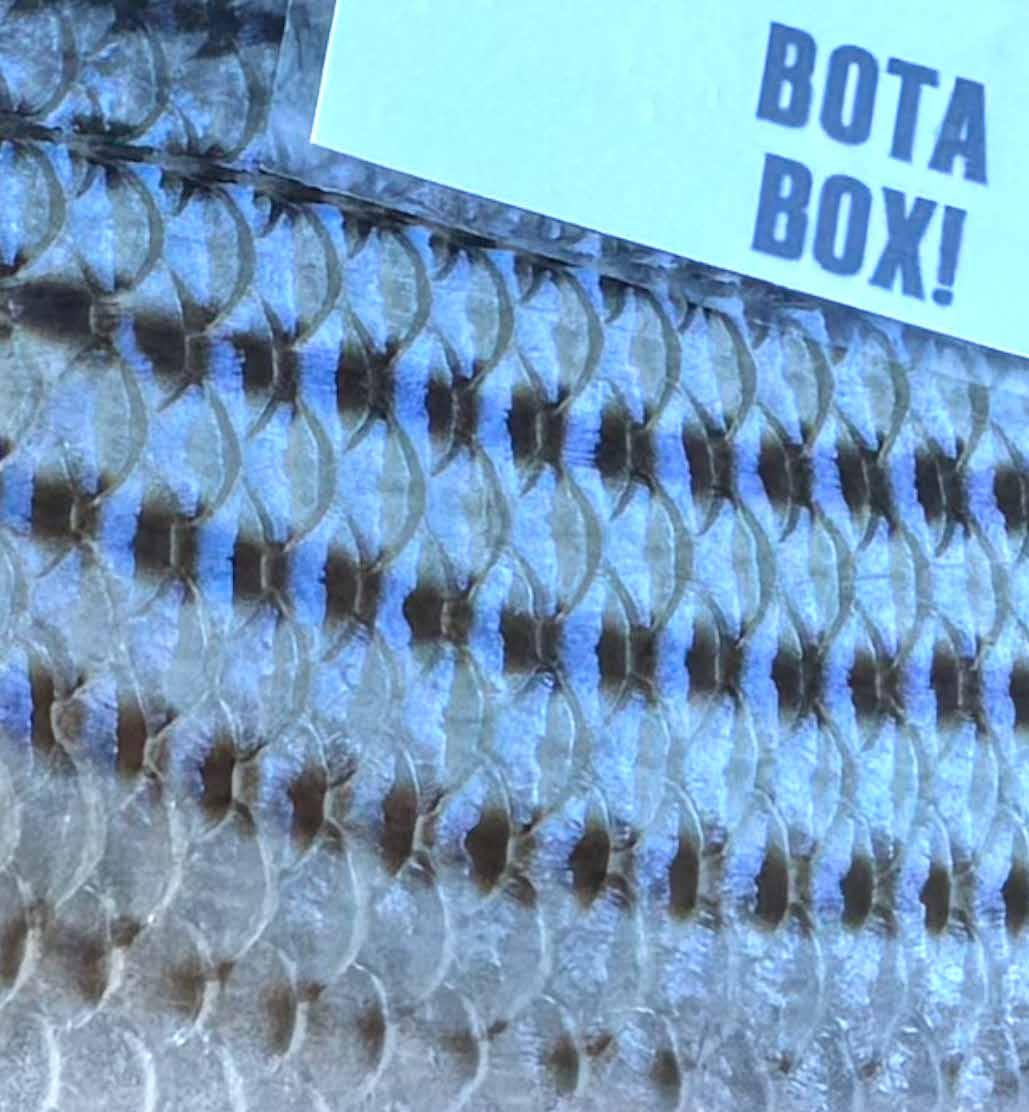


River Runners
Mark Keller & Todd Arnold
79in

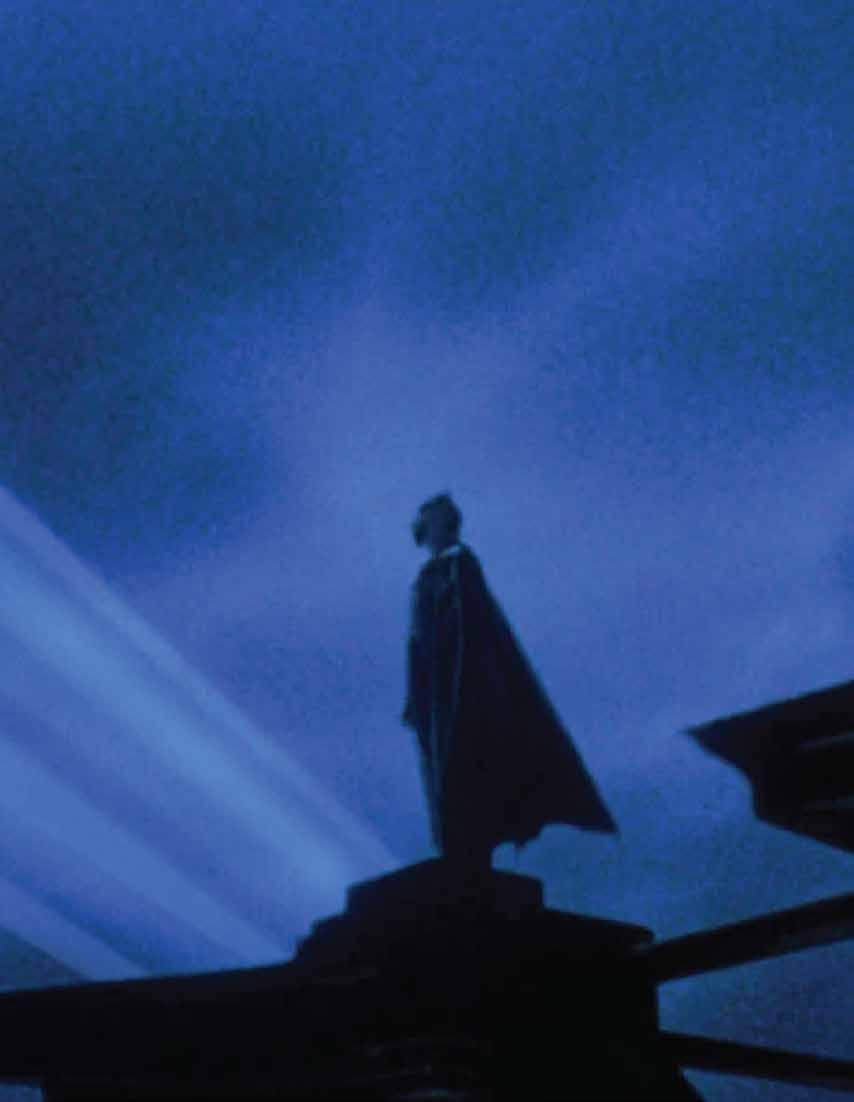
Truck Trout – Unsung Heroes of a Southern Winter
By JD Miller
Ok, I know what you’re thinking: Heroes? Are you serious? Those ugly stocked spectacles that— more often than not — have mutilated or missing fins and deformed jaws? Hatchery tank dummies that once released, usually into where they don’t belong, will eat anything that closely resembles the pellets they were reared up on? The fish for children and powerbaiters?
Yes. Those trout. The unsung heroes of fly fishing. The anti-heroes of winter fly fishing in the South — but heroes just the same. Maybe not the heroes we deserve, but the ones that we need right now (a slight nod to the Christopher Nolan’s 2008 classic The Dark Knight there, if you know you know). And quite possibly, they may be just what a guy needs to make it through the dredges of winter. Climb down off your high horse and let me explain. I’m a bass guy. I have been most of my life. It’s what’s most convenient to chase where I live and I love it. Everything about the fish, the fly culture and community that surrounds them: I eat it up. It’s my one species if you had to choose one for the rest of your life fish.
I’d rather pull poppers through the muck and the mire than high-stick a double nymph rig through a seam any day of the week. There’s a time, however, usually sometime in late November/early December (earlier or later depending on how big of a bitch Mother Nature wants to be), when it gets hard to convince yourself
that the bass juice is worth the squeeze. It gets cold, and the bass have damn near gone into hibernation, seemingly developing lockjaw until springtime. Yes, I know that you can still catch them in the winter months, and even I’m one of those stupid bastards that will suffer the numb digits, snotty nose and endless casting for the chance at a true winter behemoth. But that’s not a numbers game, that’s a true grit-your-teeth-and-grind-it-out-forone-or-two-bites-and-hope-it’s-ole-BigBertha-herself game.
That game can make a man lonely. Full of despair. Increasingly less resistant to the omnipresent darkness and depression of winter. But, “The night is always darkest before the dawn. And I promise you, the dawn is coming,” (another nod to Mr. Nolan’s masterpiece, I’m sensing a theme here). The way I see it, you can continue to pursue Big Bertha all winter long, and hell, I might be right there beside you freezing my nuts off in search of the bigger fish — and the greater glory — but at some point, every angler needs that fix, that dopamine, that rush of serotonin, that scratch to the fishless itch. Like a strung-out junkie scouring the trash cans in the alley behind the gas station, you need it: gotta have it. You know what I’m talking about: the tug drug, the bent booze. Don’t be ashamed; there are only a few out there who appear to have found peace in the battle of the cravings — seemingly finding solace suffering through eternities without landing or even hooking a fish (e.g., the musky guys, the steelheaders…) — they have their own separate issues and afflictions to deal with. The rest of us need that tug to help through those trying winter times

56 S.C.O.F MAGAZINE


57 S.C.O.F MAGAZINE

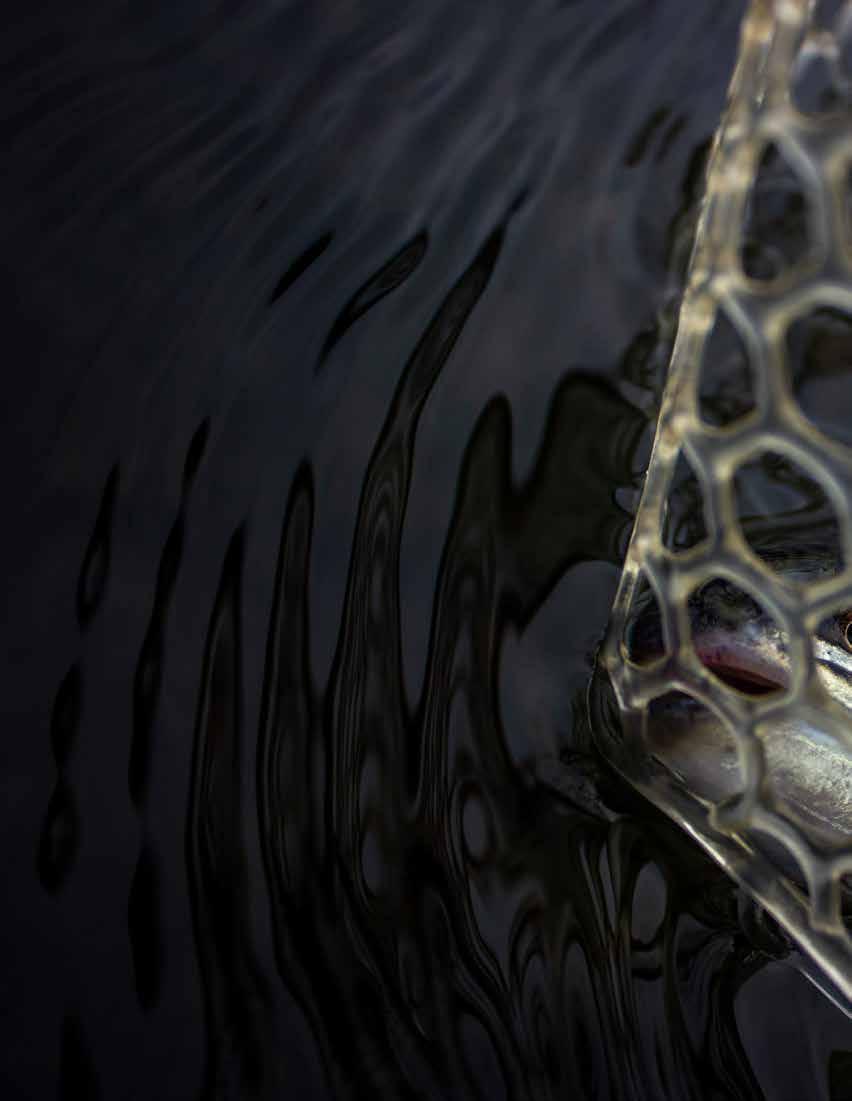
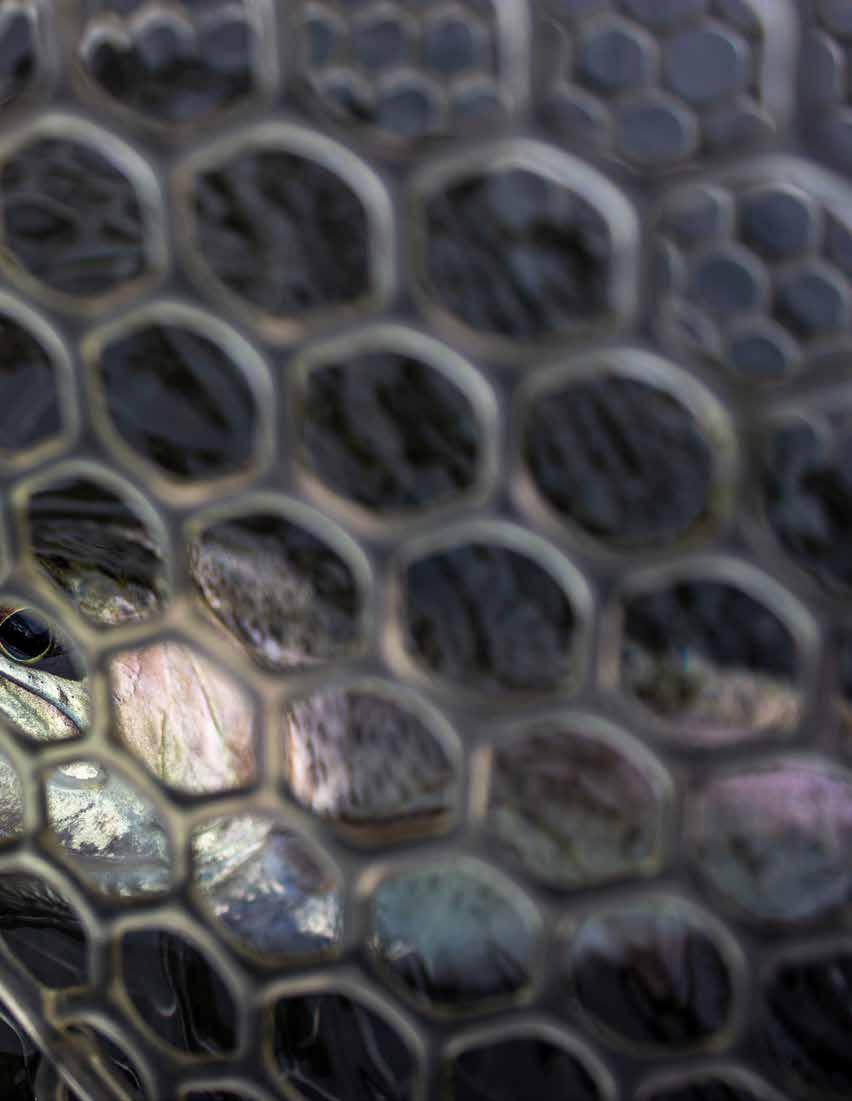
when our preferred quarry seems about as interested as Steve Rinella judging a vegan chili cookoff. This is where our heroes come into the story.
Enter the truck trout, the anti-heroes, the ones we didn’t know we needed. They’re there, eager to munch that mop or suck down that squirmy. There they are, in all their “hatchery hotness” — the trout equivalent of “trailer park pretty” — when we need them, in a stream, a pond, or a lake near you, ready to put a smile on the face of a kid destined for the dark side, or a needle in the arm of a dope sick junkie. They are here for us. All of us. The heroes that we need right now. We should really be thanking them, since we never thought to before. But I know what their response would be: “And you’ll never have to.” (BAM! I finished it out with another Batman quote! POW!)









































The Premier Fly Shop in Blue Ridge, GA







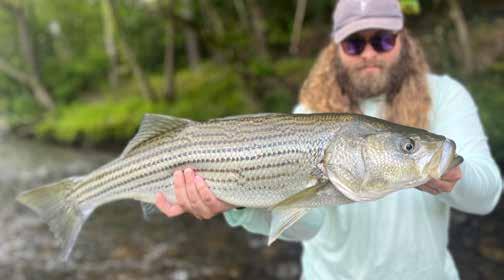
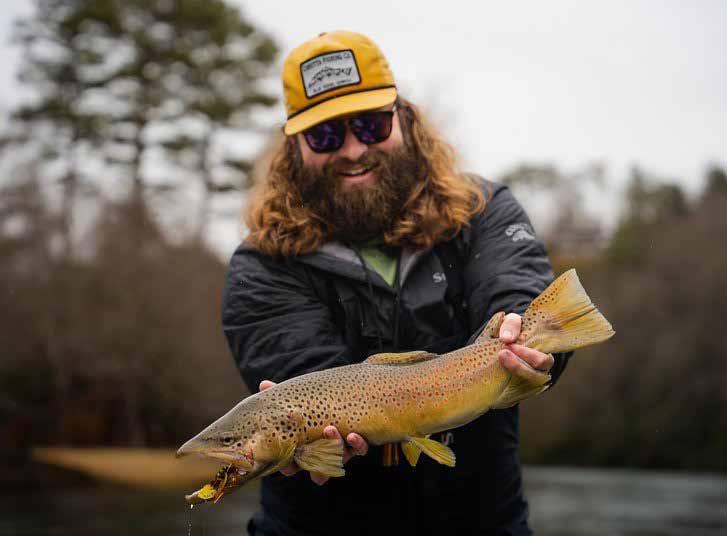

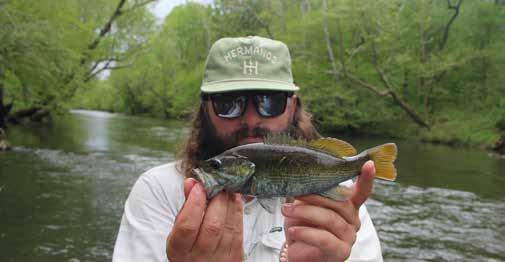
 Cohutta Under
Cohutta Under
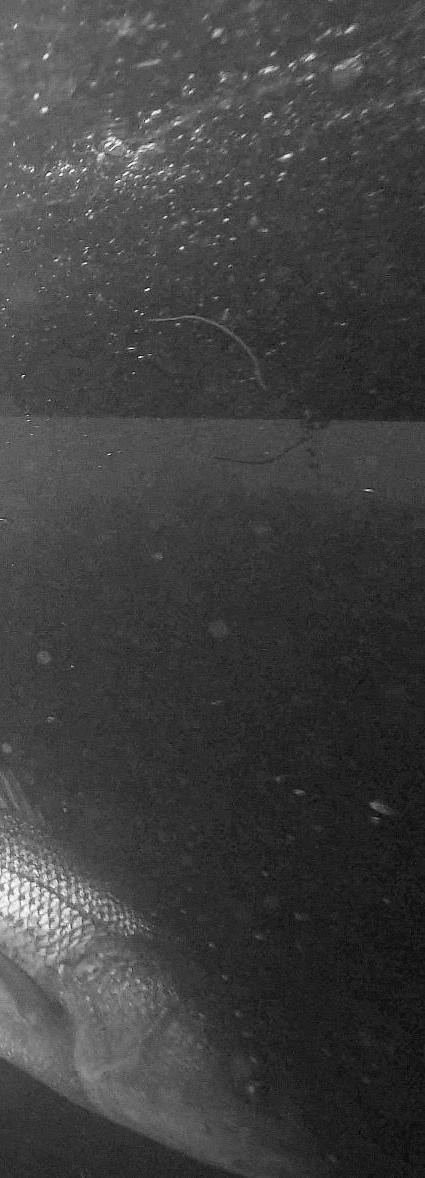
 Under Water by Austin McDonald
Under Water by Austin McDonald
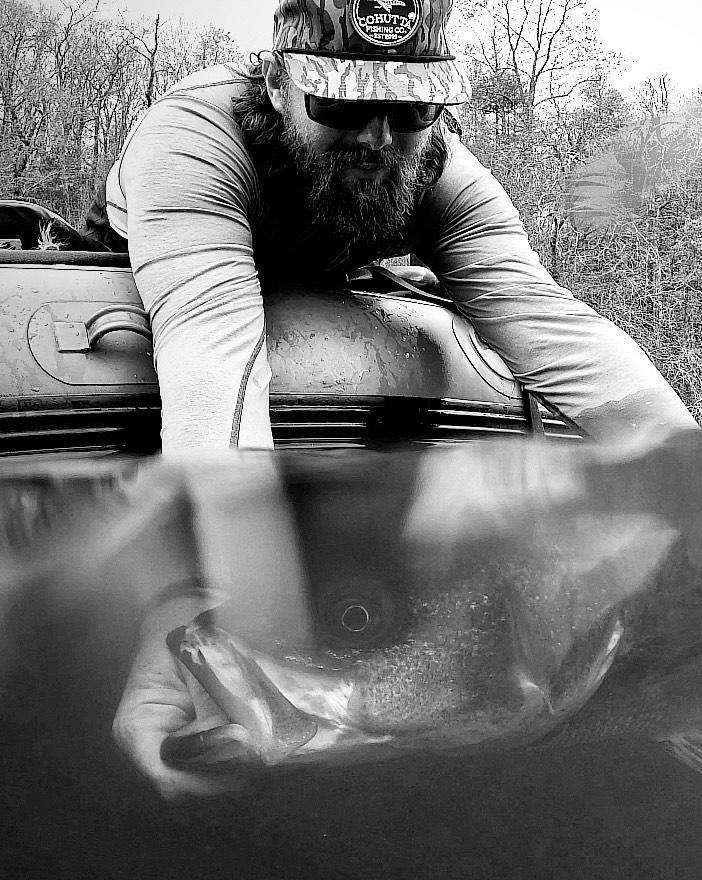

64 S.C.O.F MAGAZINE


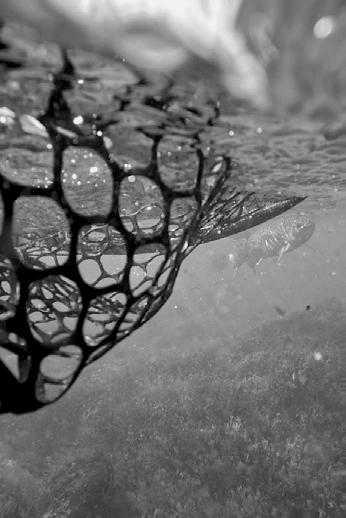

65 S.C.O.F MAGAZINE

























THE AUCTION PAGE
from now on, we will be auctioning off page 69 of every issue for charity.
winning bid gets to put whatever they want on the page (an ad for your niece's etsy page, an embarassing picture of your friend, a collage of goat eyeballs, etc.) and pick the charity next auction: August 4th, 2024 next issue: August 19th, 2024

68 S.C.O.F MAGAZINE




call allen. catch giant shoal bass. (706) 741-5386 @fall_line_guide_service <- allen 69
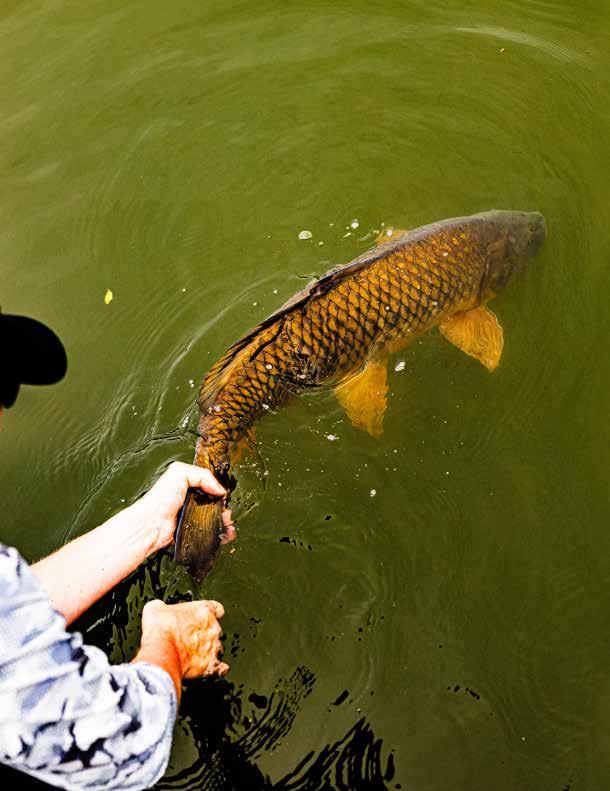

EMERGENCE CONVERGENCE PROGRESS
REPORT PAGE 164

 Lente Reverie
by: Andrew Krakeel
Lente Reverie
by: Andrew Krakeel
Spring is the best time to visit your grave, ants aren’t out quite yet, winter just adds to the depression. The way home from the cemetery is measured in memories of different modes of transport, at first a school bus, further down the road a car, and when pavement gives way to dirt, the wheels of a BMX. Eventually, bare feet. I feel you most at home, but your presence has been felt thousands of miles away. The beach on foreign soil, the straat in the homeland where you once hid from history’s worst villains. Reality shifts, the lake was your true home. The mud between my toes takes me back to a red clay splashed shoreline as your, now my, boat approaches. Time snaps, I jump off the sun worn side rails and into the water, warm at first, the hairs on my arm raise as I sink deeper, a cold spot. The light from above the surface slowly fades… is this what it felt like?



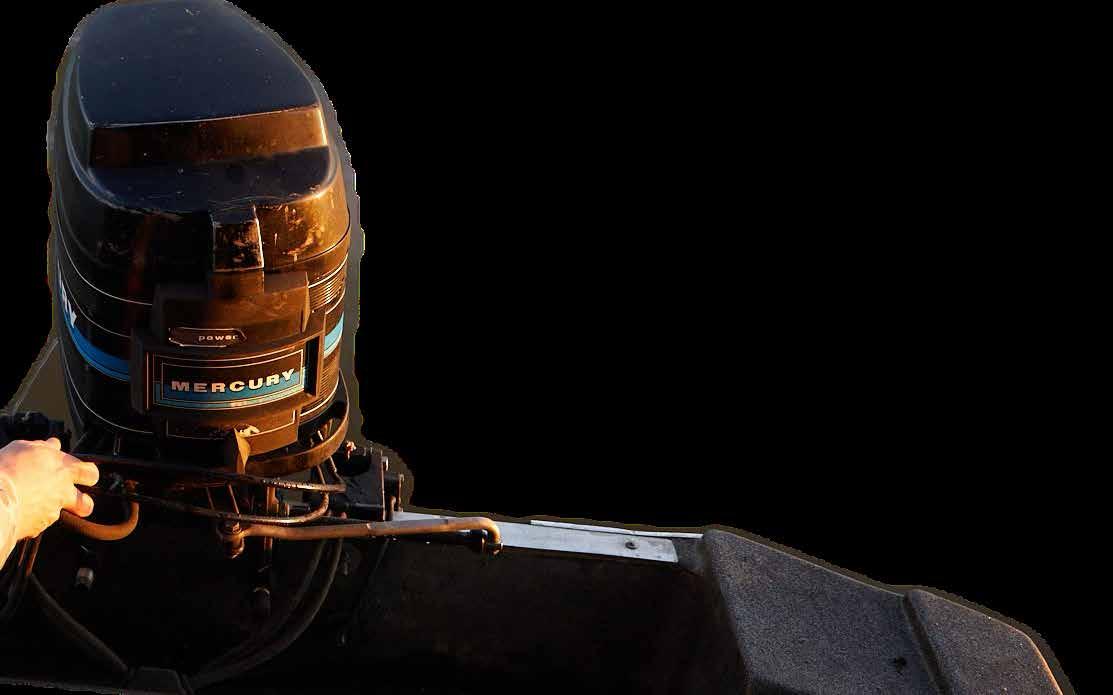
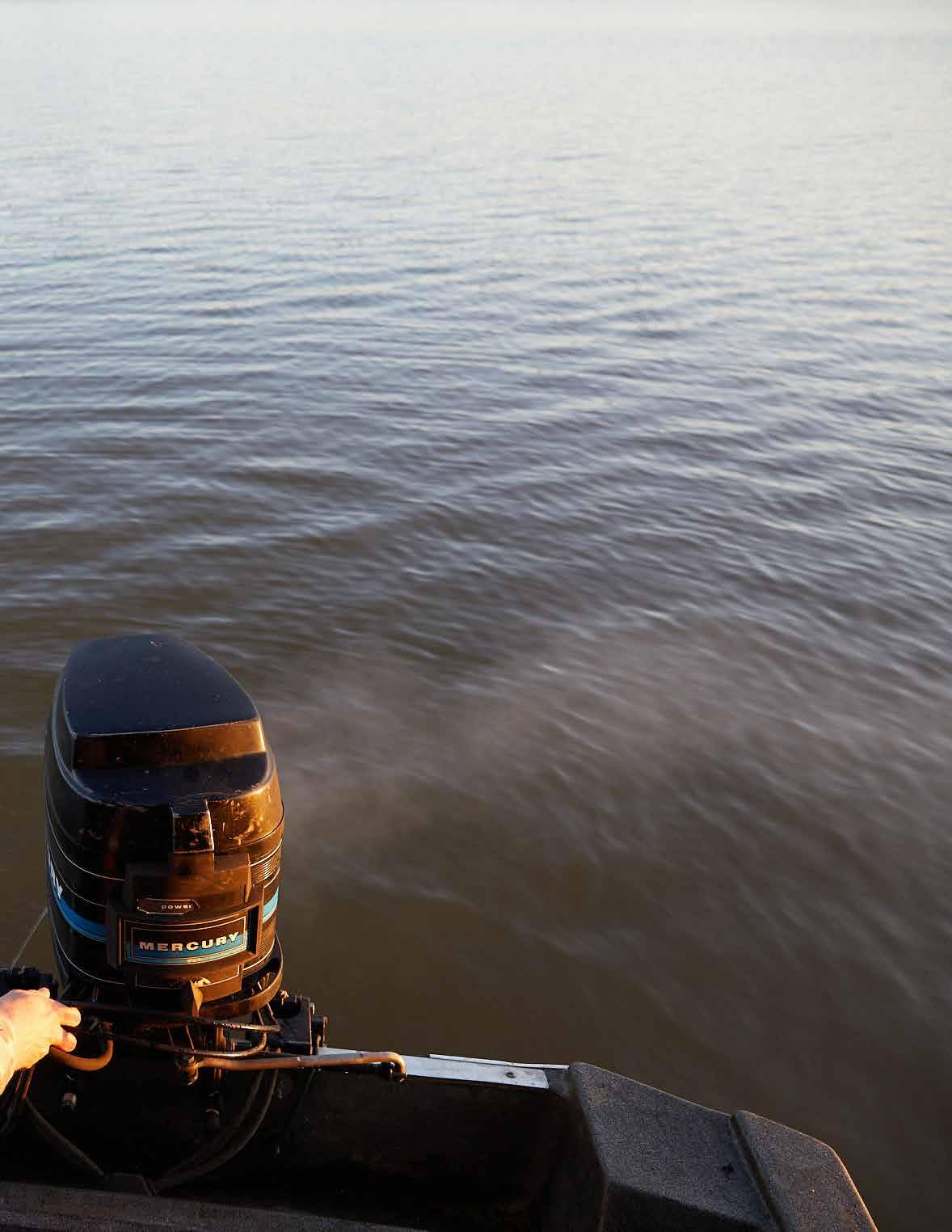




















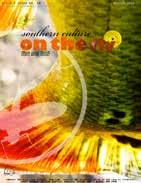









S.C.O.F MAGAZINE southern culture winter 2012 Arkansas also for Lovers... of Low Down Dirty Brown The Holy City A Little on the Trashy Side If You’re Lucky a Little More The War of Southern Aggression Milk Sandwich Mayhem plus... Bench Press Stratergizing Gear Reviews Moving Pictures ...and more S.C.O.F issue no. 2 winter 2012 On the Road still free $0 S.C.O.F magazine ISSUE NO. 3 2012 spring!!! sprung!! sproinnnng!!! S.C.O.F issue no. 4 summer 2012 southern culture S.C.O.F magazine 0¢ one crazy summer common carp lover legends: lefty and flip red: the last legal drug nothing good happens after 11am a park for the people spoken like a true geingo stratergizing moving pictures benchpress conservation and eggs ...and more S.C.O.F issue no. 4 summer 2012 southern culture S.C.O.F issue no. 14 winter 2015 The Winter of Our Discontent S.C.O.F still free Belized, Rebuild, Firegirl, itchy trigger fingers, Tracks, Stranded, Tides, Clawdad, Home Invader S.C.O.F issue no. 15 spring 2015 S.C.O.F still free OakcHill’n, Rebuild, Toccoa, Blueline, river Carp, Tailer Trash, StreamerLoveFest, Connections southern culture Kittens and Finger Puppets WINTER 2018 Defining Everything That Matters southern culture ? 1 2 3 4 5 6 13 14 15 16 17 18 25 26 27 28 29 30 37 38 39 40 41 42






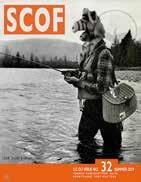


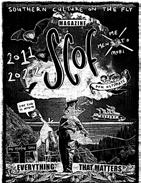
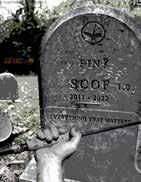







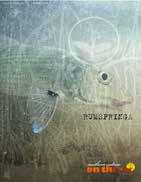



77 S.C.O.F MAGAZINE southern culture S.C.O.F issue no. 8 summer 2013 S.C.O.F still free Trout Are Not Gay Farmponds Bonefish in the Morning Fur and Feather Matinee Bench Press Stratergizing and more... The Search for the Perfect Take southern culture S.C.O.F issue no. 9 FALL 2013 S.C.O.F still free inebriation has its consequences we’re better than them My Grass...is Full of Hoppers What did this Summer Texas: Like the South....With Tacos It’s Here What the Hell Do I Know About Musky Fishing plus... Managing Expectations Bench Press: October Caddis FFM: Drunk and Disorderly IFTD 2013 ...and more * southern culture S.C.O.F issue no. 10 winter 2014 roadtrip issue (born to be free) The Mystery of Iron Fly The Goon Whor-vis Back to Orvis Yukatan Journal Let’s Adopt the Catawba... plus... Copperhead Crab Gangster Gurgler The Nor’Easter Float N’ Fly and more.... 7 8 9 10 11 12 19 20 21 22 23 24 31 32 33 34 35 36 43 44 45 read'emagain andagain... and AGAIN


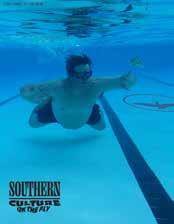



78 S.C.O.F MAGAZINE 46 47 48 49 50

FLY RODS www.waltersflyrods.com
THE SCOFCAST

SCOFCAST

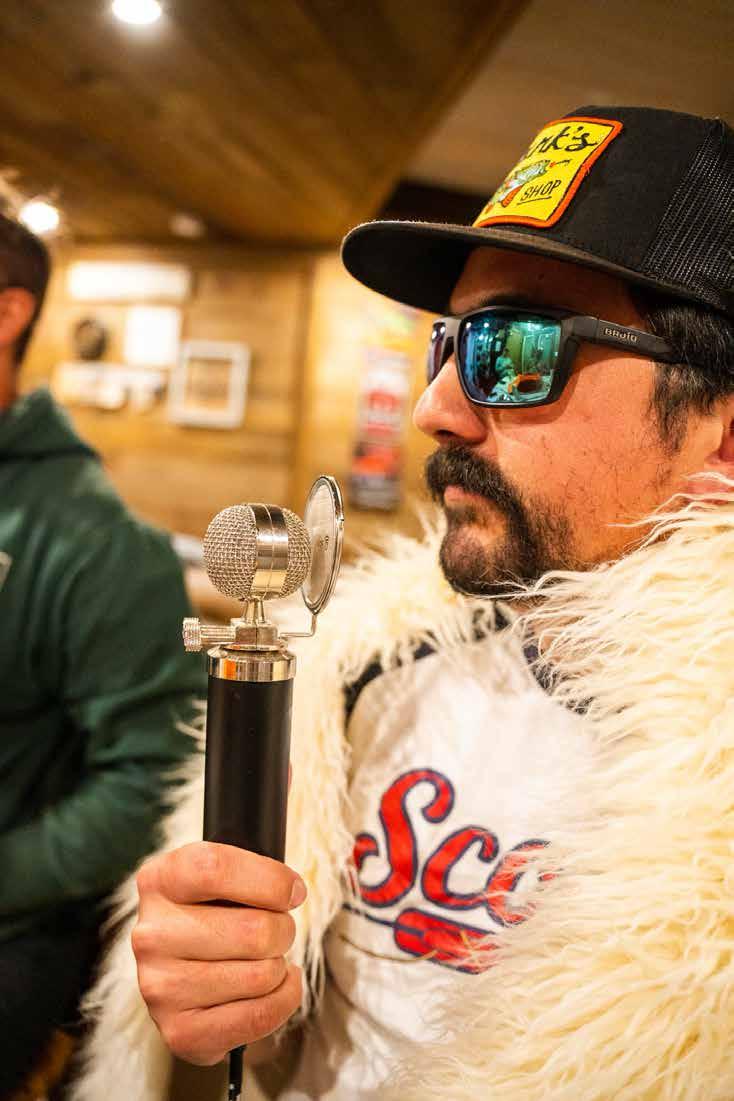

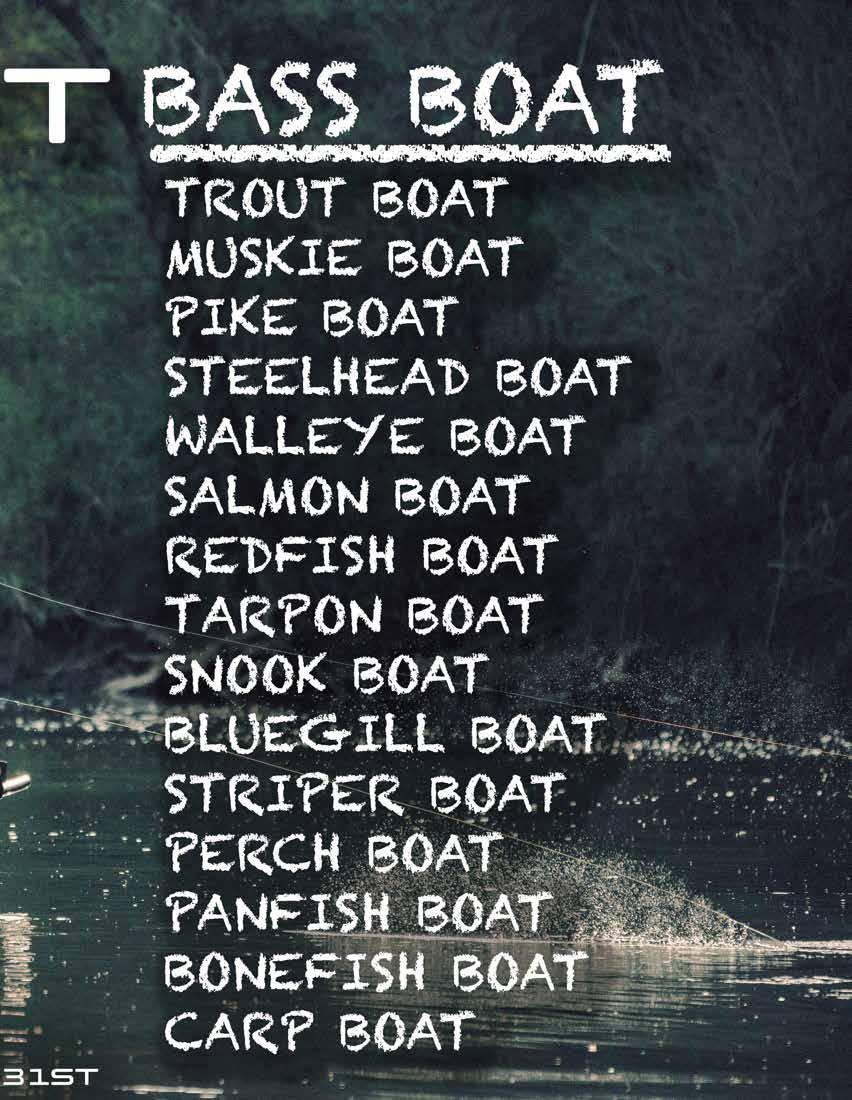
W. H. Martin, Great Sport Fishing Here, 1910, gelatin silver print, 3 3/8 x 5 3/8 in., Smithsonian American Art Museum, Gift of Charles Isaacs and Carol Nigro, 2002.79.8


84 S.C.O.F MAGAZINE


85 S.C.O.F MAGAZINE

86 S.C.O.F MAGAZINE
1er étage: Mtn View Lake
- Leeds, AL
2ème étage:
Pursell Farms
- Talladega Springs, AL
3ème étage: Legacy Lake - Hope Hull, AL
19-21 Avril 2024
Three teams of bass anglers set out to compare rod lengths at three of the most revered and legendary fishing lakes in Alabama. In gold jackets, The Acadumbics - Mike and Hank. In blue jackets, The Royales (w/ cheese)- Alan and Scott. In black jackets, The Dead Poets- Sam and John. Just like in "Le Tour", we competed in stages (étages). Just like in "Le Tour", some of us cheated with performance enhancing drugs. Just like in "Le Tour", nobody crossed the finished line without a few bugs in their teeth. The first étage was at Mtn View Lake. Read on to see who wins...

87 S.C.O.F MAGAZINE




88 S.C.O.F MAGAZINE

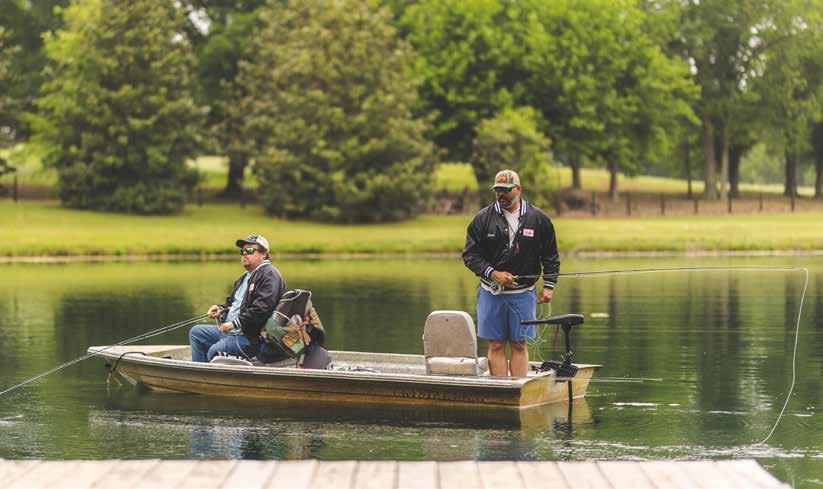

89 S.C.O.F MAGAZINE
étage: Mtn View Lake
The Record That Will Never Be Broken
By John Agricola
Ihave never been compelled to chase re cords; this is true primarily because I am just happy to get to go most of the time. It also seems greedy to fish to be better than other anglers, but the size of a fish is also a testament to the health of the water being fished, so it is not a useless statistic. To tick a new species I have never caught off my register of goals for myself is gener ally enough for me. Maybe if I was a more experienced angler I would care about the record-busting impulse. Monte Burke’s book Lords of the Fly does an admirable job creating a sense of the passion and struggle people undergo to chase recordsetting tarpon. However, there is a place in Alabama that is less exotic and distant than Homasassa, where I might catch a record-setting largemouth bass.
My mother’s husband’s first son once chased this dream, and spoke of the 16.8-pound bass caught at a lake in central Alabama known as Mountain View Lake. This young man’s name was Ster ling, and from his early teen years, he chased fish on the fly. In fact, his passion sparked within me, his stepbrother, a love of fishing. We first chased fish together in the Ozarks, near St Louis. His younger brother Miller was with us, so the three of us became a family of fishing buddies, and in the late ‘90s and early ‘00s, we’d often fish for trout in Montana near Ennis on the Madison River, because their grandfather bought a cabin out there. I was fortunate

90
1er
Dave Whitlock, Rob Rogers and



 Dave Whitlock seated on dock at Mtn View Lake
mike steinberg hogging the bow
and Sterling Kreider
Dave Whitlock seated on dock at Mtn View Lake
mike steinberg hogging the bow
and Sterling Kreider
to compete with and learn from this family about fishing. Every outing was a quest to catch the most, and the biggest.
Sterling got the bug before the rest of us because he learned from artist/an gler Dave Whitlock at Mountain View Lake, when Rob Rogers from Deep South Outfitters brought Whitlock and a group of anglers to the Pless-owned lake. When Sterling graduated from Washington Uni versity in St. Louis, we all were very proud that he took a 3 wt with him and his girl friend up to Maine to hike the Appalachian Trail. He finished the hike after several months in North Georgia. He was unsure what to do next so he took a job at an out fitter and proposed marriage to the young lady with whom he hiked the trail. Accord ing to legend, he caught a 12-pound bass at Mountain View, but there were no pic tures that remain of this legendary fish. Sterling was so close to the record that he left late one evening from Birmingham to return to Mountain View Lake, where in the ‘80s, the 16.8 record was still a testament to the fish that lurked here. A near 17-pound bass was still a recent memory for Sterling and his family, and it did not seem to be such an elusive benchmark as it does today. Sterling must have dozed off while driving and wrecked. This tragic circumstance has haunted all of us as a family for about 20 years.
I reached out to Miller to see if I could bring my SCOF team out to Mountain View to kick off the Tour de Lacs tourney. Miller was kind enough to request permission from his uncle, and one of the owners. Robert Pless was generous and allowed us the great privilege of chasing records at Mountain View. We were really trying to beat each other, but when you fish a lake where the record stands, there


 Dave Whitlock and Sterling Kreider
Dave Whitlock and Sterling Kreider


is always hope of breaking it. Memories of my stepbrother faded in and out, and the gold team caught a sure enough giant that registered as big fish of the day. Big Mike Steinberg caught a five-pound bass, and we watched all day as fish blitzed the new bait, shad loaded into the lake prior to our visit. Though no records were caught during the Tour de Lacs, it was still a special day for all of us, and me in particular.


95



2ème étage: Pursell Farms
photos by Craig Godwin



Doesn't Get Any Better Than This
by Scott Stevenson photos by Craig Godwin
I’ve been extra nostalgic lately. I don’t know if it’s a middle-age thing or not. Anything from the 80’s has been in steady rotation in my head and some Miami Vice popped up the other day. It got me thinking about how I used to watch Miami Vice as a kid on Friday night and then talk about the show at church in Sunday School. Patrick, Brian and I would break down the week’s episode talking about the current street value of cocaine, who had the best gun/boat/car and how fine Gina & Trudy looked as hookers. I’d go home and put some table sugar on a butter knife and pretend I was Tubbs checking to see how pure the Columbian powder was before consummating the deal. I mean, the show did point out some pitfalls of being a criminal or a vice cop, but damn did it look like a lot of fun.
Another 80’s thing that has been on my mind is bass fishing shows. Hank, Bill, Roland, Orlando, Jimmy and Shaw were staples on my television. It was the same stuff, but it wasn’t. Monster hogs. Glitter boats. Texas rigs. Carolina rigs. Spinner baits. Buzz baits. Crank baits. Lots of baits. I ate it up like candy. I still think Shaw’s intro might be most underrated, but I’ll take Hank Parker’s as the best. Go YouTube all the intros and decide for yourself. The one thing that isn’t just nostalgic is the pursuit of trophy bass. Chasing after double digit bass never ever gets old. I love river bass, but Le Tour was dedicated to still water. And fishing ponds and lakes is very nostalgic for me.

100

"I didn’t a Howells Shad


didn’t come out of the womb with Howells bamboo rod in my paw like Shad MacLean."
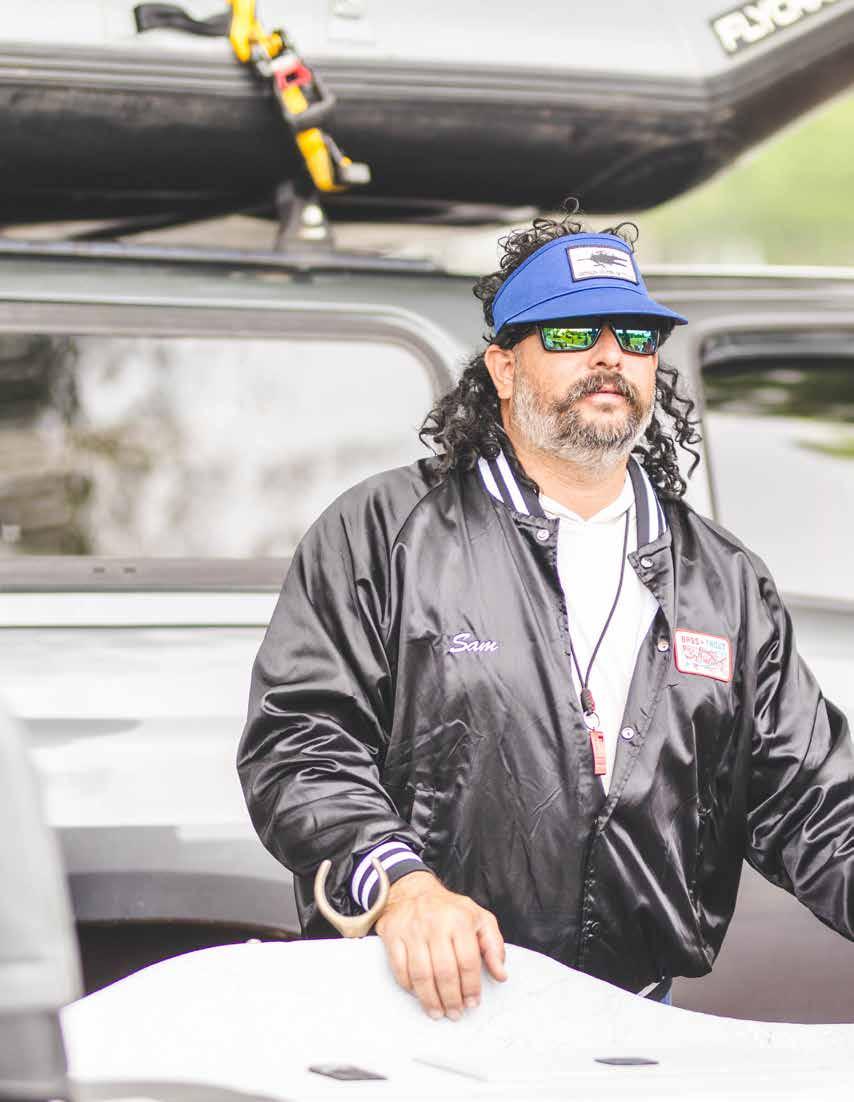



I didn’t come out of the womb with a Howells bamboo rod in my paw like Shad MacLean. I fished tackle as a kid. We fished our asses off, too. I happily bought Zoom plastics until I was about sixteen years old when a fella named Larry who was in the National Guard and worked part time at Mark’s Outdoor Sports in Birmingham showed me the way. He took me out front of the store in a small green space next to a row of shooting houses. He was a damn good instructor and I had the cast down that afternoon. I can’t recall if I already owned a Pflueger Medalist combo at that point, but I do remember buying my first real deal fly rod from him. It was a G Loomis GL3 4 weight. Thirty-three years later I still have it and will break it out occasionally on a small creek. And I wouldn’t take anything for it.
I was texting the fellas one night and shared an Old Milwaukee Light beer commercial on YouTube. It was a bunch of dudes that looked like Dale Earnhardt fishing Bedico Creek in Louisiana – the “doesn’t get any better than this” ad campaign if you are old enough. It got the wheels spinning amongst the group. Sam and I brought up Pursell Farms. John mentioned Mountain View Lake and then Hank piped in with his connection to Ray Scott’s place. A Tour was born that night. The Tour de France usually has a couple time trials, a bunch of flat stages for the sprinters, some rolling stages for the possible breakaway artist, mountain stages that always dictate the race and a Queen stage that signifies the hardest, most challenging stage of them all. Also, the Queen stage is usually the most scenic and iconic stage of the race. I would consider all three stages of our Tour de Lacs as Queen stages in terms of grandeur. These were magical waters.
105
After Stage 1 at Mountain View Lake we all went home to clean up for dinner. The Talladega 500 was that same weekend and rentals were scarce near our next destination. So we decided to all crash in Birmingham that night and meet for dinner. Most of us called it early and went home to get ready for tomorrow. Most of us. Day 2 found us heading south towards a place nestled on the banks of Lay Lake, part of the Coosa River system. Once a farm (well, still kind of is) turned agriculture experiment station turned outdoor Disney world called Pursell Farms. We were there to try to catch double digit bass. Sam and I got to fish this place ten years prior and it really messed us up (but in a good way). He caught a 12 pounder on a popping bug and we caught several 3-5 pounders. The lasting impression wasn’t the fish, though, it was the people. Instant friendships were formed back then. The Pursell family added Orvis as partner and the property now boasts world class shooting and hunting pursuits along with golf and fishing. When we met up with Chuck Baker at Rick’s General Store for biscuits that morning, the ten years gone by felt like ten days. We were home. Chuck and the rest of the Pursell folks made us feel like family. Honest to God family. We all loaded up and headed toward one of the many lakes on the property. First stop was Mr. Jimmy’s pond, the site of Sam’s 12 pounder. Needless to say, we were excited. All three boats went their separate ways. It didn’t take my teammate Alan long before he had a couple trophy bass in the boat and Blue Team was on the leaderboard. He was fishing a baitfish pattern he created and only had the one he was fishing with (insert rolling eyes emoji). I think everyone caught bass that weighed at least two or
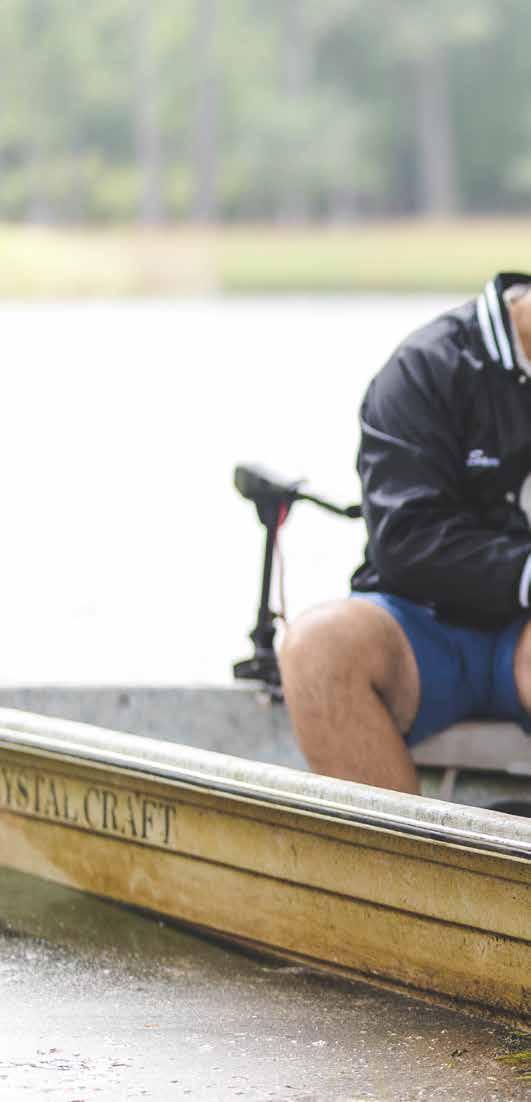
106
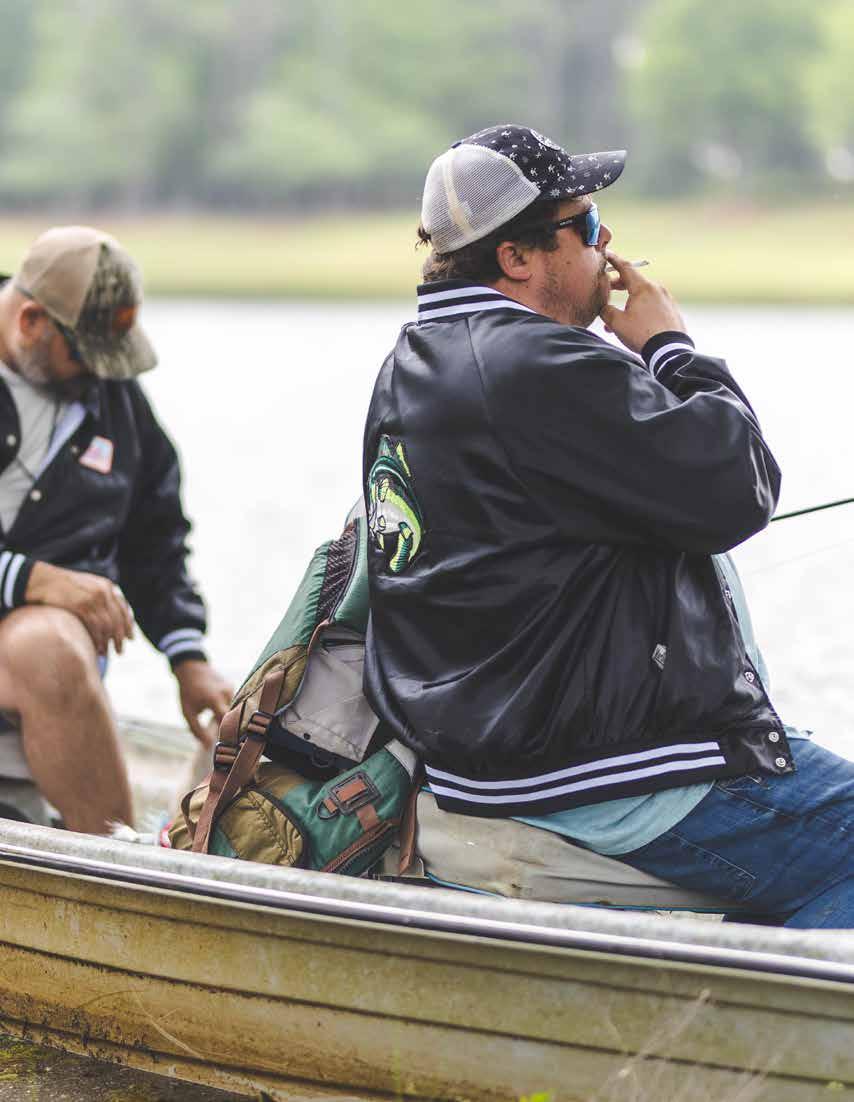


108 S.C.O.F MAGAZINE


109 S.C.O.F MAGAZINE

three pounds, but Alan caught the whopper of the day. We weighed that fish on the Boga and it was pushing ten pounds. We were all fishing mostly seven and eight weights, but Alan fished his ten weight. And that nine pounder really put a bend on it. He would go on to lose a fish the next day we believe was in the 12-14 pound range. Leave the fives and sixes at home when trophy bass fishing.
We broke for lunch and had an incredible meal in the lodge. After beers and some great vittles we said goodbye to Mike. He was traveling abroad the next day and had to scoot. John decided to head down to where we were staying the next night. So, the rest of us hit another lake on the property and jumped into a couple jon boats. This lake surrounds the 17th hole on the golf course, a par three. Alan once again out-caught everyone that afternoon on his baitfish pattern. Sam and Hank started heckling a foursome when a couple balls found the water right next to their boat. They proceeded to heckle the next two foursomes, trying new material each round. They may have been onto something there. I noticed how much the golfers enjoyed it. I also noticed a couple looks at us as I guessed they internally pondered why they were golfing and not fishing like we were. We ended the fishing that day at the cart path bridge and a bottle of whiskey magically appeared out of nowhere. We pulled on it and laughed at Chuck’s wisecracks for a while. It really didn’t get better than that as they say. As we packed up the gear, I fully expected Alan to play Reverend MacLean when we gathered up on the bank.


“The Lord has blessed us all today….It’s just that he has been particularly good to me”

After a few more for the road, we hit it and headed south for Ramer, Alabama and ultimately the capital city of Montgomery. Home of our next destination, Hank Williams’ grave and stage three of the Tour de Lacs.



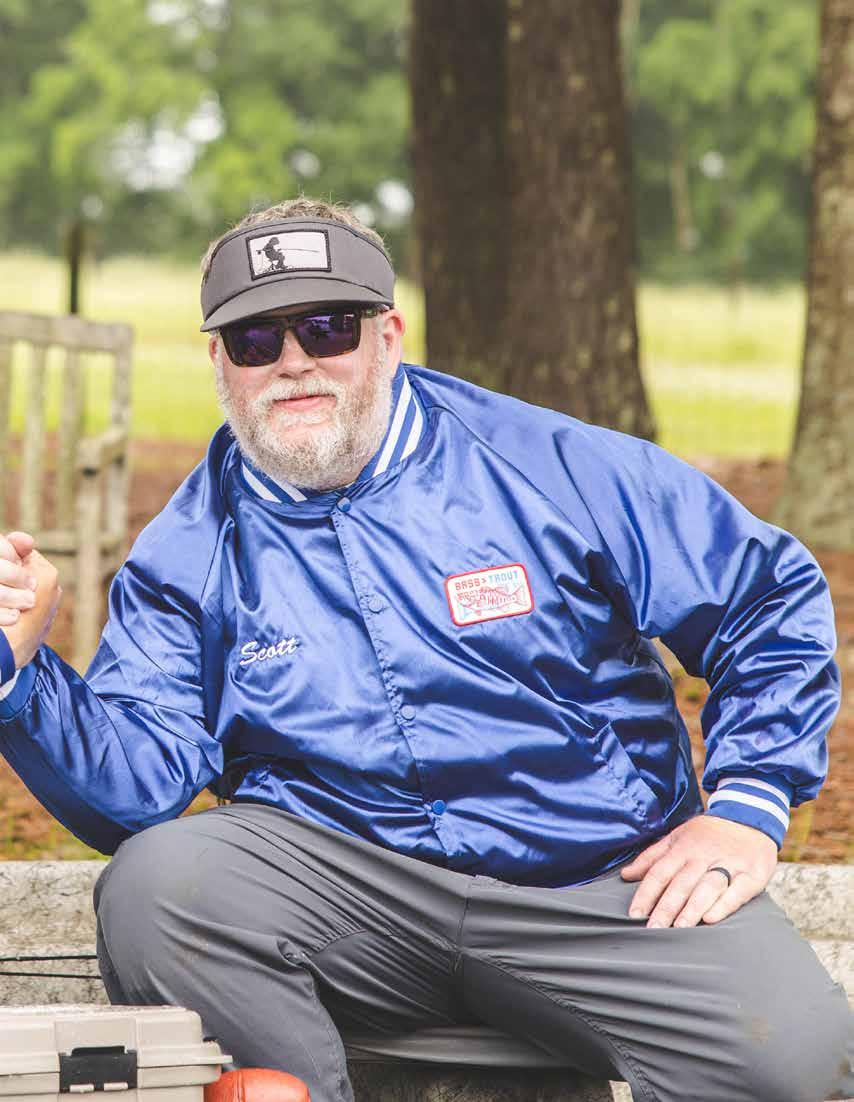


3ème étage: Legacy

Legacy Lake


SCOF Goes to Church
By John Agricola
“Announcement time. I have an announcement to make,” Hank says at the end of a very long day of fishing, and the group’s podcast recording had concluded.
“It is not a quid pro quo, or anything,” Hank announces over significant chatter in the room, but I was certainly listening. I was unsure if he really believed what he was saying. There is a mystery in my mind only as self awareness has always been a challenging endeavor for me. See, Hank got married in the fall to a very nice young lady from Montgomery. Her father has been the pastor at First Baptist for 33 years. The weekend they were married,
Sam and Scott were invited, but I hunted dove with Grossman that weekend. I’m unsure if I was an afterthought because I am like a bull in a china shop, because they had a small intimate venue, or what, but I was not invited to meet Hank’s wife’s family.
“Church starts at 8:30 and we are 30 minutes away from First Baptist, so we need to be up by 7:00,” Hank asserted.
This speech was made the evening of the second night of the First Annual Tour de Lacs. We were staying in Ramer at one of my best friends from high school’s farmhouse. I hadn’t stayed with him in Ramer in about a decade because our family schedules were terribly busy over the last few years. But this friend was part of Montgomery’s social fabric, and he could fly fish. He may or may not have
opened his home to all of SCOF for his own quid pro quo, though if asked he would adamantly deny this aspersion cast his way. We communicated by phone on a weekly basis, but the amount of time it had been since we last fished was dubious. This long lapse of camaraderie could have been because I am on his wife’s naughty list.
In the farmhouse at Pine Level Country Club (Caleb’s farmhouse), taxidermied animals crowded our senses, and the fire water clouded my thinking. I knew the deal though. Behave in church, and get to know Pastor Jay, and I could go with the group to fish the 50-acre lake Ray Scott built known as President’s Lake in Pintlala. The truth unfolded steadily throughout Sunday morning: for one, Caleb, like me is an Anglican; for two, a church as large and prominent as First Baptist of Montgomery would certainly have members of its congregation that knew Caleb; Caleb was concerned that wearing fishing clothes to early service would be a bad look for him, given that his job is in business recruitment and development for a power company in Central Alabama. This confusing deal of non-quid pro quo afforded my high school and college roommate the ability to stay at the farm and do laundry. Hank had graciously allowed him the opportunity to meet us in Pintlala at Denny’s breakfast. This is all relatively inconsequential when the real story is the partnership of Southern Culture on the Fly attending the service in a palatial cathedral of an enterprise that specialized in building relationships with Christ. As Dave Grossman and Steve Seinberg are part of God’s chosen people, this moment of five SCOF members going to sing together and worship in the assembly of God and




"this might be the most SCOFFY thing we have ever done."

be moved by others worshiping felt like a unique moment in the short history of SCOF. I turned to Alan, former SCOF 1.0 intern, and the present SCOF 2.0 media director, when we began to sense the scale of this cathedral built in 1905, and said, “this might be the most Scoffy thing we have ever done.”
I could have heard him mumble, “or the least.”
In truth, walking through the threshold of the church doors with all your SCOF buddies saying, “let John go first, and stay back in case he bursts into flames,” had me remembering my boarding school senior project to study pentecostal snake handling for religion class. Baptist was a denomination I knew nothing about. But it wasn’t scary. Everyone, even the regulars, I believed, would be on their best behavior. No one would sense my degeneracy, so when I said to Alan that going to Church was Scoftastic, I think I was at that point without a sense of repentance; I was going through the motions a bit in order to be able to fish President’s Lake. It was named this because both H.W. Bush and George W. Bush had fished the lake on multiple occasions. They were Texan presidents who came to Alabama to fish roughly 10 times. Certainly this was in part because of their friendship with Scott, but I couldn’t dispel the notion that an innovator like Scott, who founded Bassmaster and the Whitetail Institute, would know something about building a bass lake. What’s the worst that could happen by going to church with the carrot
of giant bass dangling in my face as a deferred benefit?
I was singing hymns, looking for passages of scripture when the homily began, and they directed us to Acts in the gospel. The bass lakes we fished the two preceding days had whooped me, so I was up for some prosperity praying. My cynicism about the power of belief has been tested throughout my life. There was a time when I worked for three years in an evangelical school teaching from a Christian foundation, but the whole time I was scarcely a lapsed Anglican, so there were times when my piety was performed to keep my job. This was no new project to me. However, the more I learned about missionary work and going out into the world to preach the gospel, the more I turned to inner faith.
We all interacted with the church message in our own way, but the grand nature of this cathedral holding thousands of people impressed us all. Especially when Pastor Jay explained the abolitionist founder of First Baptist Montgomery, a man named Lee Compere, came from England in the early 1800s to an Alabama wilderness and made a life here, building the first congregation of the town, and there was a real dearth of residents. This was prior to the Trail of Tears. Compere came to Alabama to serve as a missionary to the Creek tribe. The church’s sanctuaries now resembled the Duomo Cathedral in Florence. I rambled a bit to the pastor after church about Henry Adams, and the pastor was so affable and kind to us all. He welcomed us into the fold as if we were all in-laws, and in a way we were for today. Hank
123
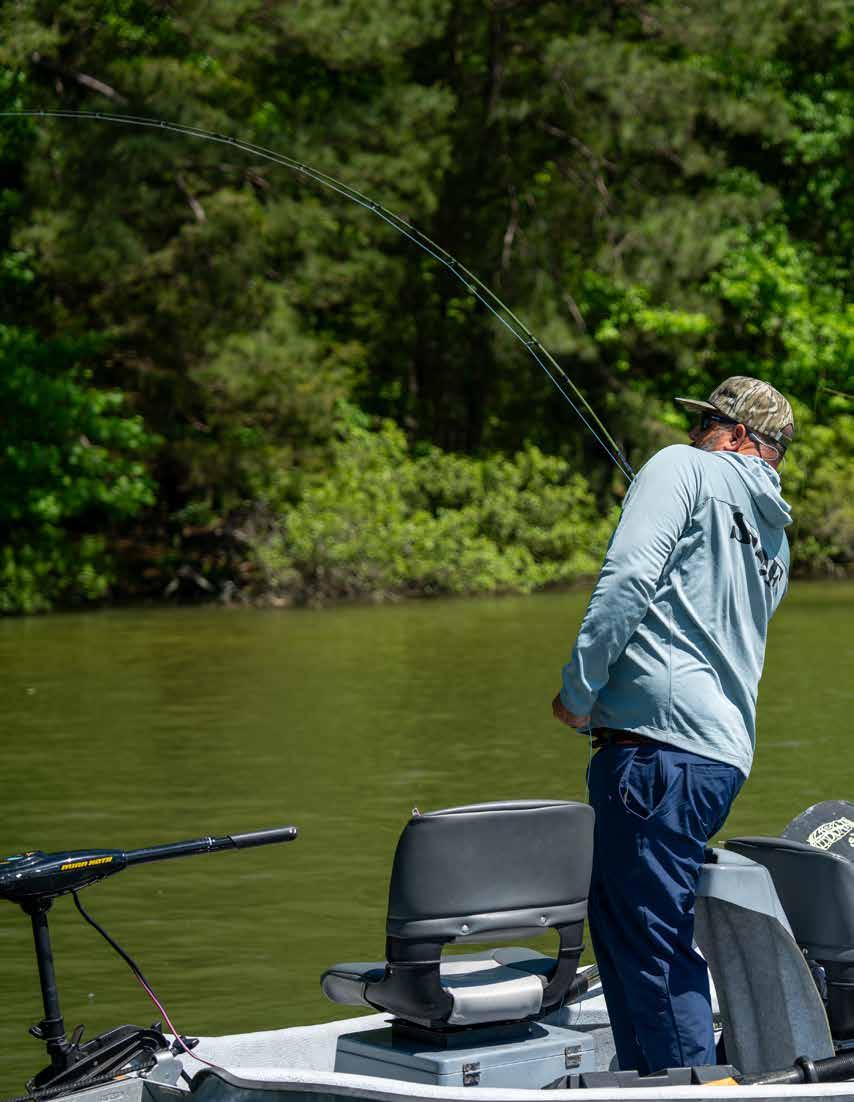

had found us a way to fish the greatest bass pond in America. His father-in-law, the pastor, was an admirable person. You could sense his love of people by how he discussed the new owner of the lake’s charitable spirit. Every time he opened his mouth to tell us something I liked him more, and then he led SCOF in prayer at the Pintlala Denny’s.
After that Caleb and I were offered the best-stablest boat in the fleet of boats we brought, and we slayed fish all afternoon. I was so amped that I looked forward to discussing the day with Pastor Jay. We drove to find him on another lake called Tabernacle Lake. I started to show him my six-pound Larry bass caught on a black and purple game changer, then I thought better of it. This man was about 20 years older than me and he had an open invitation to fish with Andy Birchfield on Ray Scott’s President’s Lake. As there was a quiet between us, I asked how his day was fishing the road by Tabernacle Lake.
“Not a bad way to spend the day. Caught a dozen little guys and an eight pounder,” the pastor said. Then I felt comfortable enough to ask him a spiritual question.
“Pastor Jay, my wife and I were married in the Anglican church, but she grew up Methodist. Do you think it is bad that she has been attending Methodist church without me?”
He thought for a half a second then said, “Just follow Jesus, the denomination doesn’t matter; follow Jesus.”
Then he reached into his pocket and handed me two cheap metal crosses
125


that said “Follow Jesus.” I mean I could have put a hook on one and fished it like a spoon, but I kept both crosses instead. It was a great reminder to not get caught up in church rules and ritual. Just study Jesus in the gospels and follow his life’s lessons. I had been transformed. Not by the grandeur of the church, or even the slobbish fish in Ray Scott’s Lake. It was his outward demeanor of love for all that was infectious, and the day on President’s Lake was a result of the generosity of Andy Birchfield and Pastor Jay, but God may have had something to do with our day, too. A web of miracles that all came together to create our experience and outlook. SCOF may never be the same, and if we were, then we are not really growing towards something greater.


Dear SCOFers, count your blessings. Enumerate every single one.
Lest you forget…
…the time your best friends got ejected from their skiff in the pitch dark Everglades without the kill switch on, and the pythons, gators, and sharks were not around to hear the crash, or their desperate splashing back to the boat.
…how the greedy cancer cells in the spot on your hand stayed in your hand before the white coats cut ‘em out.
…the time your father got COVID in the nursing home but kept his grip, even though his knuckles may now be permanently white.
…how you can afford to buy a new phone when yours falls to the bottom of a lake you’re barely not trespassing on.
…that your 14 year old son still calls to ask when you’re coming home.
Call it God, call it whatever you want - it doesn’t really matter. Just be grateful, and take note.
Today I’m grateful for the time I got to spend in some of Alabama’s most legendary fishing lakes. I’m grateful for the people who made it possible: Robert Pless, Miller Kreider, David Pursell, Blake Garrett, Chuck Baker, Ray Scott, Andy Birchfield, and Jay Wolf. I’m grateful for the people who I got to enjoy it all with. Finally, I’m grateful for the coolest jacket I’ll ever own.

Letter from the Creative Director, Hank
THE SHEEPY 2024 - St. Bernard, LA
1st Place - Spike McCullough, Tristan Daire.............................61"
2nd Place - Ty Hibbs, Cody Rubner, Nick Jones.................58.25"
3rd Place - Bailey Short, Tony Friedrich, Taylor Ingraham .....29"
4th Place - Nick Sassic, Jim Atwell.......................................22.75"
5th Place - Al Keller, Gregg Arnold........................................19.75"
6th Place - Kevin Doyle, Brandon Henderson......................17.25"



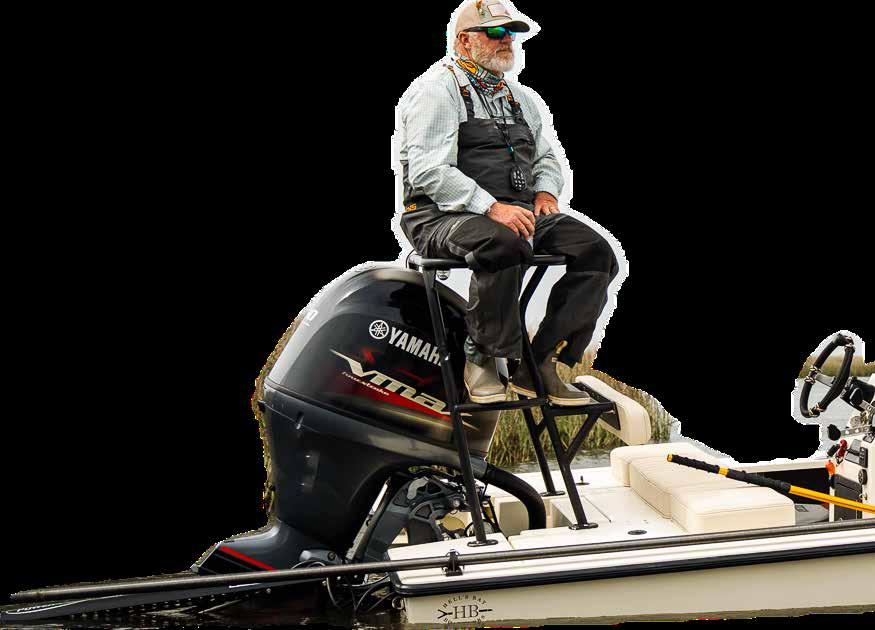


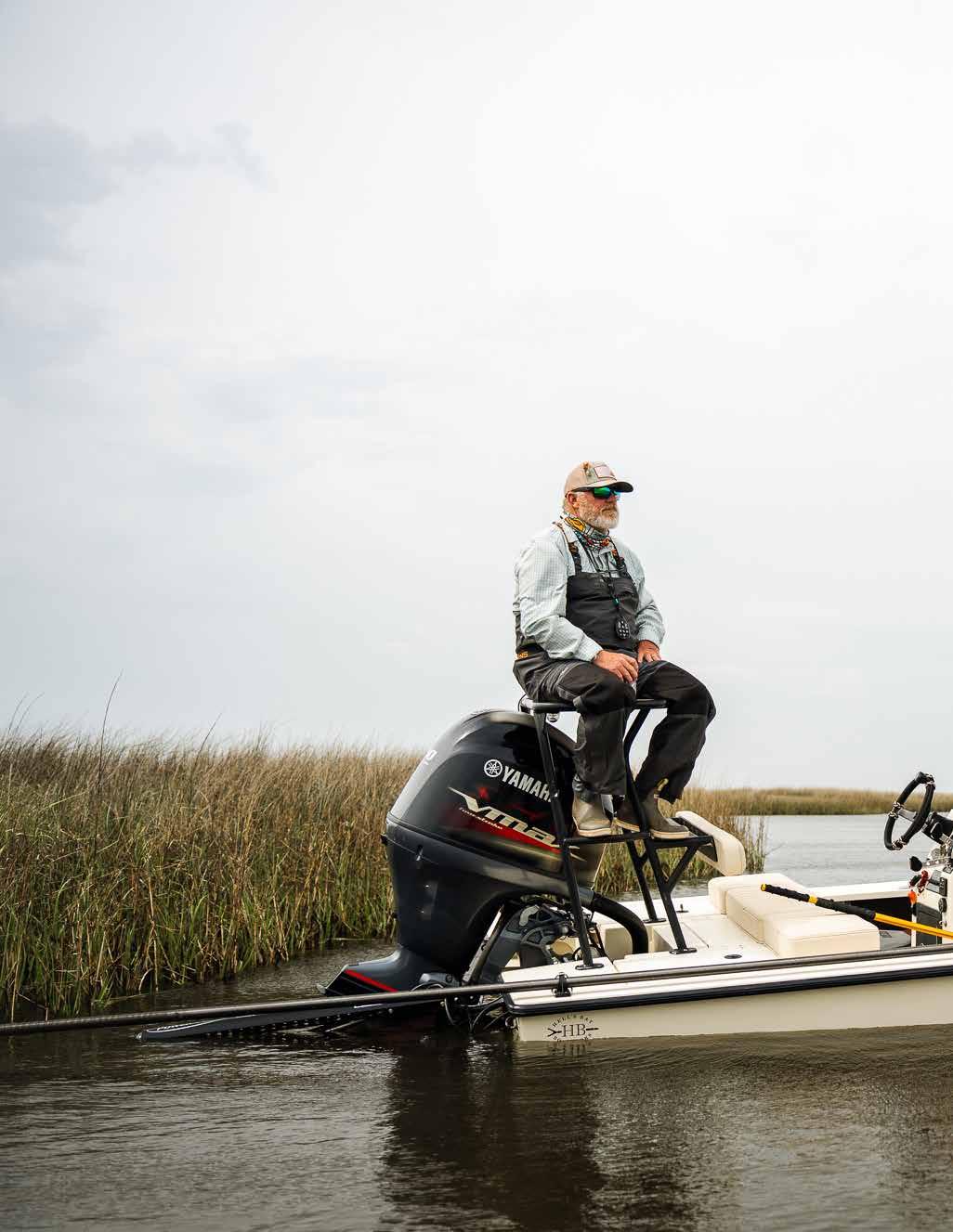


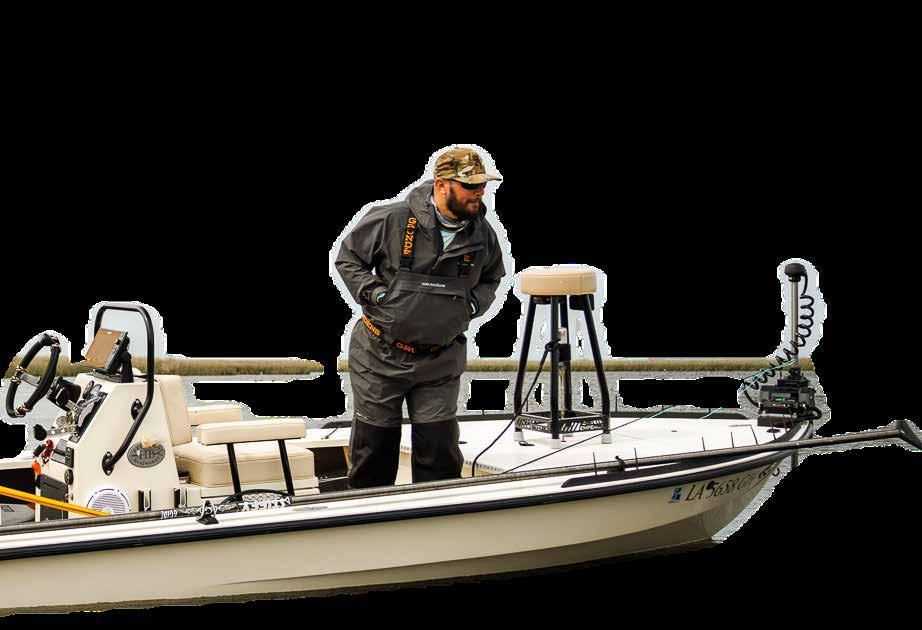


 photos by declan rogers
photos by declan rogers
Motels
by Mike Tapscott illos by James Cadbury
Iwas bouncing from trout stream to trout stream in the Smoky Mountains one April when I visited a childhood friend at his mountain-side retirement home outside of Asheville. We sat on his balcony, occasionally reminiscing about the old days but mainly sipping premium whiskey while gazing at late afternoon sunbeams slanting through tall oaks that black bears sometimes climb.
My friend’s wife, Lucy, broke our reverie by asking where I planned to sleep that night.
“I really haven’t thought about it, but I think I’m gonna head into Asheville and check out the Mountaineer Inn,” I told Lucy, a revelation that brought a puzzled look to her face.
The next day rolled around, and I’m with my friend and Lucy again, this time eating dinner at an upscale restaurant. As we awaited a round of crab cake appetizers, Lucy gave me a sympathetic look and said, “Mike, I looked up the Mountaineer Inn and you can’t possibly stay there. It’s not nice.”
I allayed her worries by confirming that I spent the previous night at another motel. The Mountaineer Inn is, as Lucy’s internet search confirmed, a hostelry that is both old and tired—a polite way of saying its best days are behind it. Its most redeeming feature is a giant neon sign depicting a barefooted hillbilly in a straw hat clutching a muzzle-loader, a


132 S.C.O.F MAGAZINE


133 S.C.O.F MAGAZINE

134
classic survivor of 1950s roadside kitsch. Regardless of the age and condition of the Mountaineer Inn, I stayed there on another trip without serious complaint and chose an alternative this time only because it was cheaper.
Lucy meant well but she failed to understand a fundamental principle of my annual, solo, month-long fly fishing getaways. One that goes to the core of how I see myself as an angler. I nurture the fiction that I’m a “trout bum,” an amorphous species of anglers generally characterized as shiftless vagabonds who forsake responsible behavior and adopt a roguish, carefree persona. Their goal: The freedom to pursue trout unfettered by the constraints of family and career.
A true trout bum crashes in a tent or car. I’m not a purist and most likely a poseur because I choose to sleep inside. If a trout bum—one of questionable fidelity to the rules of conduct governing his calling—does check into a motel, it damn well better be a cheap one. Accordingly, I confine myself to Days Inns, Comfort Inns, or similar discount chain motels. Or even better, locally owned, independent inns that the better heeled avoid. How could I look at myself in the mirror if I drove past a Red Roof Inn and turned into a Radisson? I’d be ashamed.
Imagine this scenario: I’m sharing beers with the guys at the combination fly shop/bar at Pleasure Park, the home base for an outfitter on the trout-rich Gunnison River that flows through sagebrush plains outside Hotchkiss, CO. In reply to the query from the bearded guy lifting a long neck to my left, I tell him I’m staying at a Ritz-Carlton or some other stylish resort.
That wouldn’t be good.
The anglers at Pleasure Park are hardcore. My answer would betray me as a “fly fishing dilettante,” my rather stuffy name for the most odious tribe of anglers and the antithesis of the trout bum. Dilettantes are wealthy anglers who fly to exotic fishing destinations to be pampered by guides but don’t fish the waters near their hometowns and couldn’t tell a double clinch knot from a Windsor knot. They come back home from Patagonia and brag about the fight put up by a 27inch brown to their clueless buddies at the country club. These faux anglers also sleep in luxurious accommodations on their expeditions, and that’s one of the reasons I don’t.
It's not that I begrudge the dilettantes their fine lodging. No, what chafes me is that too many of their breed didn’t earn the right to drift elk hair caddis flies in fabled waters for giant trout under the watchful eye of a guide who does everything for them but cast the fly and pull in the fish. How many introduced themselves to fly fishing by participating in the least glamorous iteration of the sport, namely chunking popping bugs into weedy bluegill beds deep in the coves of farm ponds? Were they forced to learn, by trial and error, how to mend a line to achieve that drag-free drift necessary to entice a wary mountain trout to sip a dry fly? The answer to both is “no.” They skipped those frustrating years in which we novices sought to master the rudiments of fishing and went straight to the finest angling waters. And that violates my sense of justice.
My quest for the coveted trout bum status has turned me into something of an aficionado of cheap motels, preferably those with nightly rates of less than $100. All share a few characteristics: A single overhead light fixture that bathes the motel

135 S.C.O.F MAGAZINE
room in a yellow light too dim for reading; thin bath towels sans nubs incapable of absorbing water; cheap press-board dressers and bedsteads; framed cardboard prints of mountain scenes above the bed; plastic shower curtains; and a parking lot full of pickup trucks with the names of construction companies on the door panels.
I’ve accumulated more than a few stories about cheap inns, some good and some bad.
There’s the Green Cove Resort on the Tellico River, a no-frills inn built of concrete blocks just a couple of miles below the mountain ridge separating Tennessee and North Carolina. It’s the kind of place where the absent innkeeper leaves you the room key on the dresser in an unlocked room. No television, no internet and, until recently, no air conditioning. The absence of an air conditioner turned into an unexpected pleasure one July night as I slept soundly to the lullaby of the rushing water from the Tellico a few feet outside my open window.
I found myself without a place to lay my head one late afternoon in Estes Park, CO, and worried I would have to head east on Highway 34 to find a room in another town. As I drove on the outskirts of Estes Park, I noticed a neon sign with pink and green letters announcing: “Loveland Heights Cottages on the River.” It also said: “Vacancy.” Loveland Heights is a charming throwback to the early days of automobile touring, when motorists stayed in roadside cottages called “motor courts.” Its green cottages generally dated back to the 1920s and 1930s with its most venerable built during the pre-automobile era in 1897. How could I resist?
I arose early the next morning, pulled on my waders, assembled a 5-weight rod
and walked behind my cabin to test the runs and pools of the Big Thompson River. I netted a nice rainbow that swallowed my nymph before checkout time. “You can fish one more hour,’’ the motel clerk tersely informed me when I asked if I could keep fishing beyond checkout. I caught another rainbow, this time on a stone fly with rubber legs.
A friend and I heard the inviting melody of mountain music as we signed into the Meadowlark Motel on the eastern side of the Great Smoky Mountain National Park in Maggie Valley, NC, one Sunday evening. Local guitar, mandolin, fiddle and dulcimer players jam weekly in the motel basement, an inviting discovery after a day pulling in brook trout from the frothy waters of the West Branch of the Pigeon. For every pleasant surprise at budget inns, there is at least one sketchy encounter that makes me question my lodging choices. I struggled to find a vacancy in a mountain town that will remain nameless until I chanced upon an adobe motel where the rooms were cooled by window air conditioners that rattled like a 1984 Ford pickup. As I pulled into the parking lot, I spied a young woman in a short skirt and heels leaning against the exterior wall near the office. She sensuously smoked a cigarette, blowing smoke upward as she gazed absently at passing motorists. Whether she was a working woman or just another tourist in stilettos, I never found out.
Back home, my wife, Marsha, occasionally scans the internet for lodgings as I travel to the next destination. Once, I solicited her help after navigating the serpentine highway hugging the steep slopes of the San Juan Mountains following a morning on the Animus River in Colorado.

136 S.C.O.F MAGAZINE

She found no cheap rooms in Silverton, Ouray, Ridgeway or Montrose, and I fretted that I would spend a sleepless night in my car. In my desperation, I considered dropping the trout bum charade so I could expand the search to include fancy hotels. Fortunately, Marsha located a vacancy at a mom-and-pop inn owned by Polish immigrants outside of Delta. I could sleep without endangering my bum status.
On the other side of the continent, Marsha texted me the name and address of a motel with a vacancy in Lake Placid, NY, as I wandered the Adirondacks looking for trout water. I reached the address and pulled up to what appeared to be an abandoned establishment, what with its peeling paint and weeds growing in the cracks in its concrete parking lot. “This can’t be the right place,” I said to myself, convinced that she had directed me to the wrong location. I poked around until I noticed a lobby and checked into a room that was just as dreary as the exterior of the motel.
My son, John, and I fished the Little Red River one Saturday and then tried to find a motel in nearby Heber Springs, AR, only to discover that a softball tournament had swamped the town’s hospitality industry. We found the only vacancy at a seedy, two-story hotel in the middle of the little town, the rural equivalent of the flop house featured in hard-boiled detective stories from the 1950s. I received a room key attached to a green, plastic oval in exchange for two 20-dollar bills handed to a young man behind the desk, who apparently didn’t bother to collect motel taxes.
Walking to our lodging on the second floor, we stepped over the legs of boarders lounging on the balcony outside

their rooms, each of which had a coffee can filled with sand next to the door for cigarette butts. Our room was appalling. A built-in desk had been wrenched from the wall, leaving a gash in the wood panel. The carpet was dirty and wrinkled. The door was a cheap, hollow piece of wood that could be kicked in with little trouble by some Ozark Mountains drug dealer mistaking us for deadbeat meth customers. I lay in my clothes on top of the bedspread during a sleepless night in which I bolted upright every time there was a noise outside our door. Being the reckless sort, John never woke up. Fortunately, we made it through the night without incident. The Heber Springs motel was a wakeup call. I realized that I only wanted to carry this trout bum thing so far. I won’t check into another motel as questionable as this joint even if it means I might be viewed as a hated dilettante.
My friend’s wife, Lucy, was right: Some motels should be avoided.

138 S.C.O.F MAGAZINE
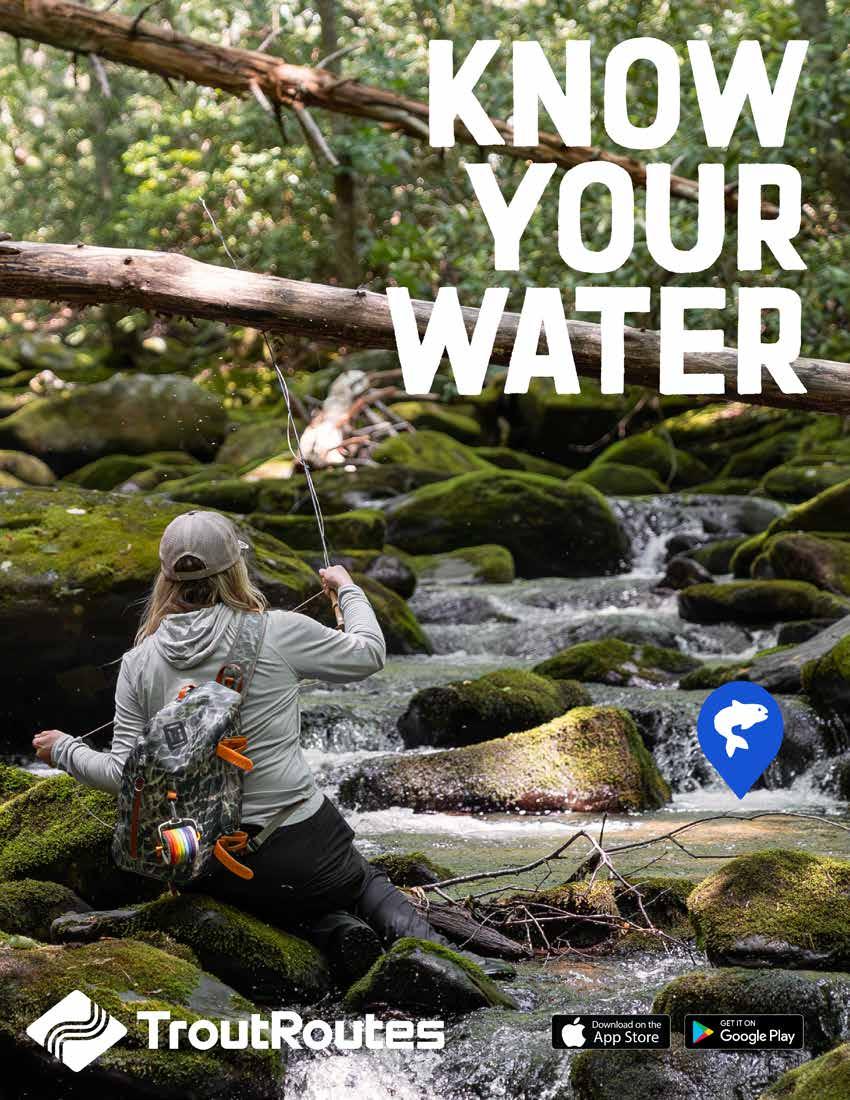







What Up Mang?
Inlanders
attempt Everglades
City and the 10,000 Islands
by Jason Miller
Icouldn’t see at all. Couldn’t even open my eyes. In a futile effort to find relief, the DEET amateurishly over-applied to what little bare skin remained between the hat, buff and sunglasses had flowed downward with sweat and into my eyeballs. Blind and in too much agony to cast, I could hear fish smacking bait all around us while daylight faded. One great irony of fishing in The Ten Thousand Islands in early spring, is that as soon as the fish start to feed, so do the bugs. Nosee-ums out on the water, and mosquitos on the shore. Incessantly.
Austin and I left chilly middle Tennessee the day prior, and drove a little over 12 hours straight through to some pretty spartan lodging with a private slip in Everglades City. We debated launching at night and tying up to the dock to get an even earlier start the next morning, but the oyster encrusted pilings and shifting tides convinced us to wait for fear of further beating up the already battle-worn gelcoat on the Towee.
We floated the skiff in the morning on the heels of a pretty nasty storm that had evidently really churned things up. As a couple of clueless creek boaters, we were worried it might be a little difficult to find fish given the vastness of the place. But fish are fish we figured and they’d still have to eat, and after all we were armed with countless hours of hard-won YouTube knowledge coupled with no actual contact with the locals. Roland Martin made it look pretty easy.
And in fact, the first spot we fished, probably not two miles from the dock, we immediately found a pod of tarpon rolling in an eddy created by a falling tide. I laid a white streamer in the dirty water just ahead of one fish’s path, and inexplicably, the monster fish inhaled it, and then with one quick flick of the tail, she instantaneously broke me off and disappeared. I assume the moment will haunt me until the day I manage to catch one.
“Don’t trout set the tarpon!” Austin is a better fly fisherman than I am in most ways, but the advice still irked me even though I know he’s right. I never saw another tarpon the rest of the trip.
The meat of our plan was simple. We’d just get back in the mangroves, and cast at cover, especially near moving water. Snook would be the main course, and then it was assumed we’d get all sorts of other by-catch, too. In the end this sort of worked out, except that there is so much mangrove and so much fishy looking water, it’s a little overwhelming to just figure out where to get started.
As one local tour boat operator explained, the Everglades is the third largest national park in the lower 48, behind only Death Valley and Yellowstone respectively, a fact I later Googled to confirm, but that seemed highly believable in situ. What look like very manageable runs across shallow bays and around islands on aerial maps quickly intimidate when the skies darken, the wind picks up, or you rake the bottom of your fiberglass skiff across an oyster bar in water the Navionics claim should be five feet deep.
Sure, there were other boats around. You’d see one poling across a flat here and

142 S.C.O.F MAGAZINE


143 S.C.O.F MAGAZINE

there or running across Chokoloskee Bay. But the inescapable feeling that a simple mechanical failure in an out-of-the-way mangrove maze could conceivably lead to stranding or even a rescue seemed all too possible given the general remoteness. The Everglades is a wilderness in the truest sense. They say in space that no one can hear you scream. Odds are they won’t hear you in the Everglades either, so you’d better have a VHF radio or SPOT locator.
Everglades City itself is gritty and has a blue collar feel to it. The place seems built around fishing, which is a vibe I can get behind. If Key West is the Paris of fishing, Everglades City is Sandusky, OH, and I mean that in the best way possible. All the available lodging seems designed to get anglers efficiently onto the water without any pretense. I can’t imagine what else one might do here.
To keep costs down, we split a tiny room with only a mini-fridge, microwave, and coffee pot, as we were traveling on a tight budget. Ultimately, beer, hot coffee in the morning, and gas station burritos are all a fisherman really needs to survive. And that’s a good thing, because if you’re getting on the water before the sun and getting back at dark, you won’t have a lot
of options to procure much else locally. Management at the 24-hour Circle K in town seems to understand this and stocks accordingly. In the past, I believed that the investment into tying my own flies would wind up a net loss. Sort of a quaint hobby done for the satisfaction of it rather than for economic considerations. But the baitfish patterns at the shops in town were going for $12-14 a pop, and so I’ve seen the light behind fishing my ugly ties. And don’t even think about stealing a few from Everglades Fishing Company, as we witnessed the owner rightfully threaten to beat a would-be shoplifter if he didn’t immediately produce the swim baits he’d attempted to purloin.
Anyway, after a day and half of aimless wandering through the mang, we finally found some fish. The snook we were after remained fairly tightlipped throughout, although we caught a few including some a Tennessean would consider good ones. Ladyfish and mangrove snappers kept us entertained and constantly shredded our flies. Those along with the odd speckled trout, lizard fish and other mysterious, unidentified sea creatures kept us in regular action. Add that on top of the scenery and abundant wildlife including sharks, dolphins, and more varieties of fish-eating birds than I could describe, made the trip easily worth the expense. We’ll be back, maybe a little less intimidated by the ocean, and a little more prepared for the tarpon.
John Anderson’s “Seminole Wind” played on a loop in my head for most of the trip. If you listened close, you’d not only hear the ghost of Osceola cry, but also my constant whining about the bugs.

144 S.C.O.F MAGAZINE


145
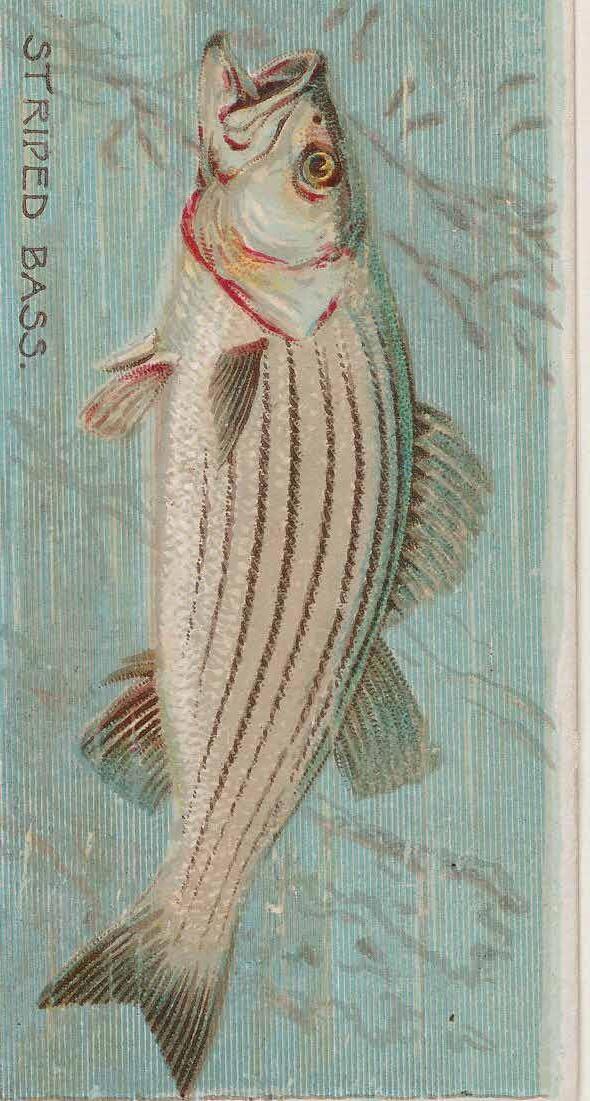
Traffic
By Shawn Swearingen
We made the drive in last night after dinner from northern Virginia, with the traffic cooperating until we hit the Delaware beach town. The busy pedestrian crosswalks slowing cars; the red and blue flashing strobes of police cars responding to incidents. Our 10-year-old son sleepily awake asks, “Why are so many people waiting outside of that place [re: bar/ club]?” The only response I could think of as we approached the three-hour mark of the drive was, “Because that is what some people call fun.”
Everyone is looking, but no one is catching.
A low pressure system spinning in the south and just off the coast sucks the air off of the ocean and inland. It’s a cold wind for the end of May, but the clouds haven’t made their way north, yet, so the sun is warming enough to make it tolerable.
The screened in porch looking out over the inlet offers protection from the bloodsuckers that are strong enough to battle the wind. The dog settles in for an afternoon nap in a narrowing sliver of sun on the wood flooring.
The stiff continual ocean breeze works
with the incoming tide bringing seawater and baitfish into the bay. In the time I took to drink my first beer, a dozen boats had made “the drift” from up a point up tide, across the hole, and along the rocky, rip rapped shoreline in front of the beach cottage. Weekend warriors in pontoon boats, decked out center consoles, an occasional jon boat with a graying old timer and his fishing buddy, and a guide boat or two looking to get their clients on a fish. Everyone is staying in the bay with the hazardous conditions on the ocean side of the inlet.
Returning from the bathroom, I pull a fresh beer from the cooler. In the place of the three boats there when I got up, I counted a different six boats with a seventh motoring into place to “down hole” another boat.
Everyone is looking, but no one is catching.
Ushering the rest of the family out the door for their walk to the beach the final morning, the 10-year-old and I leave the dog on the screened in porch to enjoy his breakfast. The tide and timing is perfect as my inshore rod, a wallet of an assortment of soft plastic baits and a secondhand 7-weight rod with a handful of flies await our eager hands. A quick 10 minutes later from the cottage front door, and the kayak is off the truck rack, on the marsh beach of the inlet bay with the fishing gear, life jacket, and paddle. The unloading and rigging is well rehearsed from my adventures in days before children.
The rocky shore lines in front of the million dollar beach houses near the put-in was as good a place as any to practice our casting
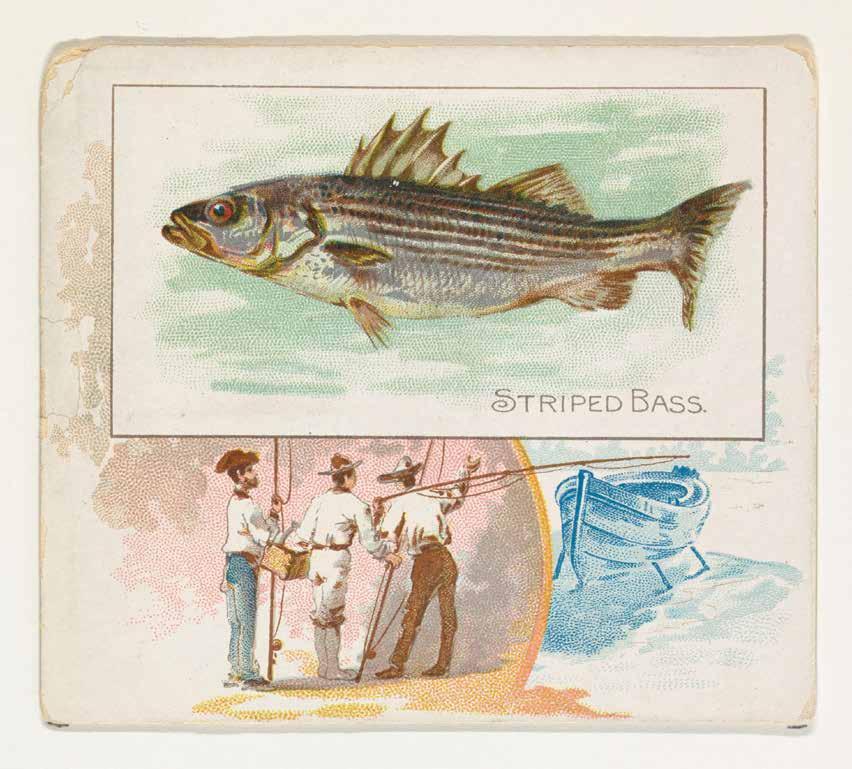
Lithographs ca. 1888-1889
Fish from American Waters series (N8) for Allen & Ginter Cigarettes Brands & Fishers and Fish series (N74) for Duke Brand Cigarettes
Courtesy of the Metropolitan Museum of Art Provenance: Jefferson R. Burdick


147 S.C.O.F MAGAZINE


from the sit-on-top kayak. The clouds had caught up with the wind on the leading of the front. This would probably be one our last forays together on this boat as his lanky frame alludes to the coming teenage growth spurts.
With a relatively easy paddle, we are away from civilization and the eroding loblolly pine tree-lined hammocks of this sheltered part of the bay. The chirping ospreys warn us as we encroach on their territorial fishing grounds and nests; their sounds echoing across the still waters. The high tide is waning, and with it, the flooded grass flats wash out baitfish to the waiting predators of striped bass, and us.
Little splashes from “schoolies” occasionally break the calm surface. The overeager young striped bass attacking their prey. My son casts and jigs a bubble gum-colored plastic bait through the shallow edge, and with it, plays a schoolie striper to hand for us to admire. Not big enough to keep for lunch, but a start.
After adjusting our drift, he takes a drink of water as I cast a Clouser minnow along the deeper seam off the point of the hammock, letting the line and the fly sink. The strip comes tight with the hook embedded into a hefty jaw. Free from any fallen pines jutting out from the shore, the fish runs to deeper water making the drag of the fly reel come alive.
My son turns back to me to say, “This is fun!” as the striped bass takes the 12-foot kayak for a ride.
No one is looking, but we are catching.

148 S.C.O.F MAGAZINE





149 S.C.O.F MAGAZINE
Outpost Report Number 1 –Desert Island Solitaire
By Dr. Professor Mike
“Growth for the sake of growth is the ideology of the cancer cell.” - Edward Abbey
Ed Abbey has probably had more influence on me than any other writer. I often contemplate this conclusion because Abbey’s bestknown writing focused on the arid U.S. West, not tropical shorelines where I spend most of my free time. I’ve concluded that while his geography was desert and slick rock-centric, many of his observations can be applied to other places, including fly angling landscapes. I’m particularly entertained by his chapter titled “Polemic: Industrial Tourism and the National Parks” found in Desert Solitaire. It’s Abbey at his best: profane, sardonic, and hilarious. While I still laugh out loud every time I read that chapter, the lessons to be garnered by that chapter are serious. While I can’t properly summarize the work in a couple dozen words, his main point is that we are destroying national parks and other wilderness areas through making them accessible to the masses entombed in airtight automobiles. We are loving them to death by building more and more infrastructure that can accommodate more and more people. If anything, Abbey wants wilderness harder to visit, less accessible to the masses.
You don’t have to visit national parks in the USA to witness industrial tourism. We have our own versions of it in the fly fishing world. We need accessibility and infrastructure to fish, but like the national parks Abbey wrote about, we can end up destroying the very resource we so desire.
Anyone who has fished for more than a few years in accessible areas has probably witnessed some changes such as more people, more trash, more streamside cairns, and fewer or warier fish. Of course, this is a big generalization, but in our most accessible waters, the situation can be bleak and frustrating as we watch flotillas of tubers pass through a deep pool where moments before we were trying to catch a nice fish or collect dozens of yards of monofilament line abandoned in the bait chucker.
The march of industrial tourism doesn’t seem to have any geographical limits either. Even remote corners of the oceans no longer seem insulated. For example, I want to describe a place, a caye, that sits roughly 40 miles offshore at the far southern end of the Belize Barrier Reef. I like this place, a lot. On clear days you can see both Guatemala and Honduras to the south/southwest. It’s a tiny island that keeps getting smaller as it erodes away. I don’t know how much longer the island will be around because the kitchen that once cooked my meals is now about 20 feet from the current shoreline. It’s owned by a local family, whom I’ve known and fished with for 20-plus years. It has a small beach, a few mangroves, a small back lagoon, about a million hermit crabs, a temperamental generator, a few large iguanas, and the consistent trade winds that keep the bugs at bay—most of the time.
This caye serves as a remote fly fishing outpost for anglers who don’t require air conditioning and a full bar with ice. So about 95 percent of the fly anglers don’t stay overnight, but instead eat lunch or visit the island to use the john. It sits just a few hundred yards from the barrier reef that runs north to Mexico and less

150 S.C.O.F MAGAZINE



than a mile from bonefish and permit flats. Few tarpon are caught around the caye, although they occasionally cruise the reef and channels.
I’m fortunate enough to spend a few weeks every year on this caye. When you have more time, you can actually begin to understand the rhythms of nature and the people who inhabit that nature. I say begin because a few weeks is still just a small snapshot in time. But if I cobble my time together, I’ve developed a pretty decent understanding of the comings and goings around this part of Belize over the past 20 years.
It’s one of the least developed, yet still relatively accessible areas I’ve found in the Caribbean. A couple of the neighboring cayes had small resorts at one time or another, but those have long since closed and have either crumbled and rotted or been salvaged by creative mainlanders with a sturdy boat. Today the area is largely visited by occasional fly anglers and guides, conch pirates, commercial fishermen, and drug runners moving their product north along the coast.
It’s not that this place is pristine or unknown, but it's primitive and far enough away from any luxury lodge so that people who want to be there really want to be there and are willing to put up with a little more inconvenience than most industrial tourists. Yet even here, the winds of change are present. A recent social media post shook my world. A new development is beginning on an island just to the north complete with a newly dredged channel to accommodate the construction barge which will eventually lead to a new resort of some kind. This new development sits smack in the middle of a marine reserve, but it’s a remote reserve and island so it
apparently flies under the radar of any enforcement authorities. Enforcement is a vague term anyway given the money that exchanges hands (under the table) in this part of the world.
There are fewer and fewer remote corners of the world where there is literally no cell signal, no internet, no electricity, and no way off until the next grocery boat stops by. These non-industrial locations are worth savoring and certainly worth managing more sustainably. Now I realize it’s easy for me to wag my finger and say something should be locked up in a time capsule. But at the end of the day, it isn’t just me who benefits from the status quo. It’s also the conch pirates, the hand liners, the sea turtles and a myriad of other human and non-human creatures that don’t need ice or cell service. I’m not suggesting we ban all development, but if it’s in a marine reserve we ought to at least follow the damn rules.
On future reports I’ll keep ya’ll updated on more comings and goings from this part of the world since I’ll be here most of the summer. In the meantime, I’ll end with another apropos quote from Mr. Abbey:
No, wilderness is not a luxury but a necessity of the human spirit, and as vital to our lives as water and good bread. A civilization which destroys what little remains of the wild, the spare, the original, is cutting itself off from its origins and betraying the principal of civilization itself.
-Edward Abbey
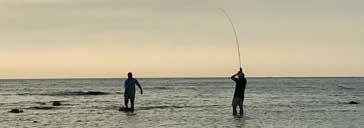






 photos by Lisa Lowman
photos by Lisa Lowman

Casting for Recovery Retreat at Eagle Ridge Farms
Cottondale, AL
by Sandra Agricola
“Nature saves us. Nature teaches us. Nature heals us.”—Steve Ramirez
On the day after my husband turned seventy, I drove to a Casting for Recovery retreat to try to regain my inner wilderness and perhaps learn to love fly fishing. My son is an avid fly fisherman and he told my stepdaughter Allison about the weekend and encouraged us to attend. We are both breast cancer survivors/thrivers. When we arrived on Friday afternoon, we were greeted by a group of CFR volunteers who catered to our every need, both physical and emotional. Some of the volunteers and organizers are themselves breast cancer survivors. What we learned over the course of the weekend, in addition to fly fishing basics, was the grace to let go and allow other people to love us through the hard stuff.
Fly fishing became an amazing tool for focusing our energies and anxieties on learning to cast or tie a chartreuse fly. “Started in 1996 with two women fishing—a professional fly fisher and breast reconstruction surgeon, CFR believed breast cancer survivors could benefit physically and psychologically from the gentle sport of fly fishing. At no cost to participants, CFR
is committed to better serving a diverse community of women with breast cancer. This includes underserved populations and other groups disproportionately affected by breast cancer such as women of color, women with stage IV disease, low income or uninsured women, military women and women in rural areas.”
On Sunday, I watched from the porch as a large group of selfless guides showed up to help us land a bass or bream. My guide Steve is an EMT/Firefighter during the week and drove one hour from Birmingham to volunteer. During our three hours together I learned that his wife not only encourages his passion for fly fishing, she insists that he take a break from his stressful profession to decompress. As we slowly made our way around the small farm pond by foot, I began to fall in love with the tenacious spirit that fly fishing brings out in us. In addition to the gentle stretching of scar tissue left over from surgery or radiation or both, there is mental scar tissue that needs to be stretched, erased or reexamined. When a big largemouth bass broke water and I fought him for awhile and let him go without actually catching him, I saw my guide’s beautiful smile, the sun reflecting off windblown ripples of water and felt the peace of mindful watching and waiting. Who knows really what lies ahead for any of us.
If you are a fly fisherman or woman reading these words, consider volunteering. If you know a breast cancer survivor/ thriver, tell her about this amazing organization. Though a national organization, we are fortunate to have a regional southeastern chapter serving Alabama, Mississippi, and Louisiana. The next retreat will be held in September in Mississippi. Follow them on Facebook to learn more.

158 S.C.O.F MAGAZINE


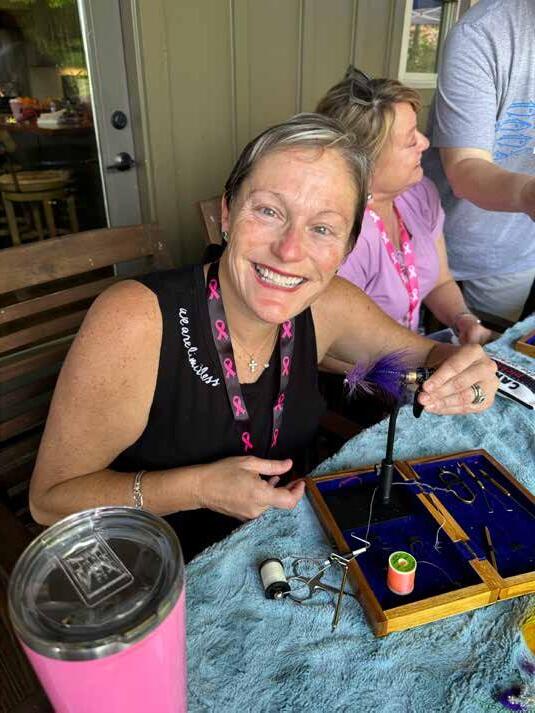
 photos by Lisa Lowman
photos by Lisa Lowman

160 S.C.O.F MAGAZINE
First Light
I taste diesel and cigarettes, hear a stubborn outboard churn up the silty canal the way a nauseous stomach looks towards the horizon, searches for the moon, the stars, some kind of target for this procession of busy-mindedness. Everytime we go fishing in this kind of chop, I practice hymns of forgiveness as I march into obsession. I am a boat leaving the marina at first light, bobbing in the near darkness. Each day that passes, the same thing happens; I remember that what I want, in all seriousness, is escape.

161 S.C.O.F MAGAZINE
Everglades Acquiescence
The sulphuric mud, a blazing cinnamon red, sticks like cement around my ankles. The tide parked our skiff on a sandbar, so lunch starts early today. I can still hear the deadening silence after the propellor hit an oyster bar. In this heat, it is easy to doze off. I imagine I am a snook. How easy it would feel to slide through the light poking through mangrove roots. This is a sad moment in history. So many have been asked to wait, and as many have turned to leave. A few have been called to imagine and they have not answered. Several, who fancy themselves witness, have chosen to close their eyes. I know that we are plagued with cavities of indifference: a hole of broken futures against the shovel of a perfect past.

162 S.C.O.F MAGAZINE
Small Craft Advisory
The worst storms are stored in unassuming clouds just around the corner and if you stand still long enough, the silence becomes murderous and the air, thick with mosquitos.
Over the static of what I understand to be a radio that is older than me, we hear everyone else calling it
quits as the storm cracks over the eggshell horizon. I remember where I was when I realized how small
we are: I was a marble, rolling blind on the racetracks of these creeks at nightfall, when the water changes from tan to tar. I thought, if I’m lucky, there might be someone waiting at the dock just to make sure we made it home.

163 S.C.O.F MAGAZINE
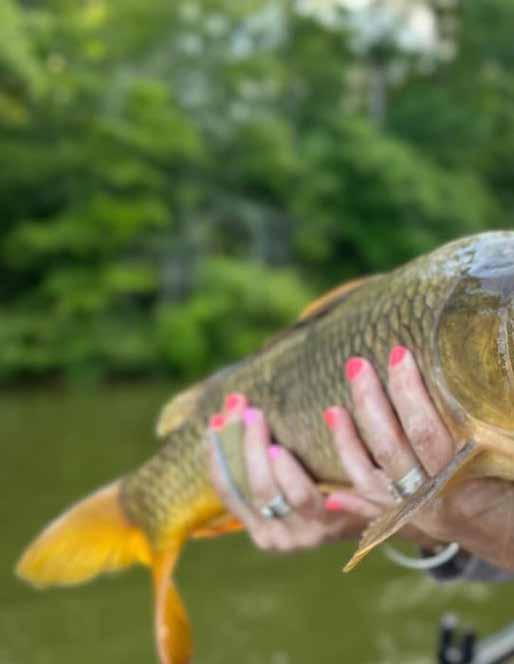
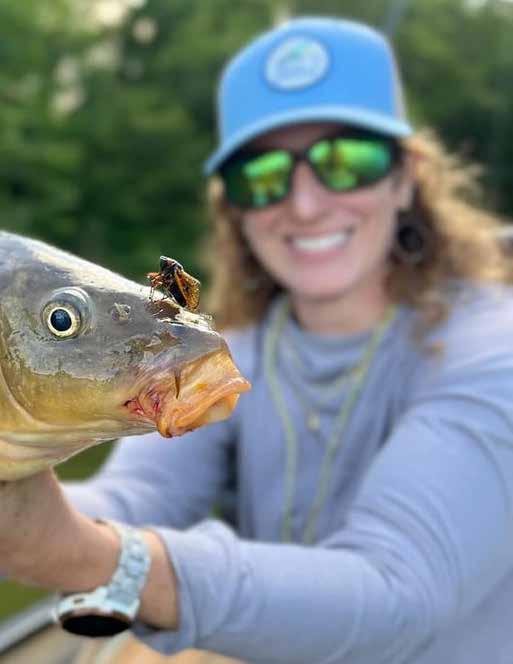
 photo by peter taylor
photo by peter taylor
 photo by josh reynolds
photo by josh reynolds

current leader, biggest common carp:
current leader, biggest grass carp:
48in x 28.5in


168 S.C.O.F MAGAZINE
Ty Mooney
33in - 16.5lbs
Fletchy Sammy




169 S.C.O.F MAGAZINE
best cicada art leader: cyanotypes by Steven Butler - Huntsville, AL
current largemouth leader: Erik Bruce - 20.5in
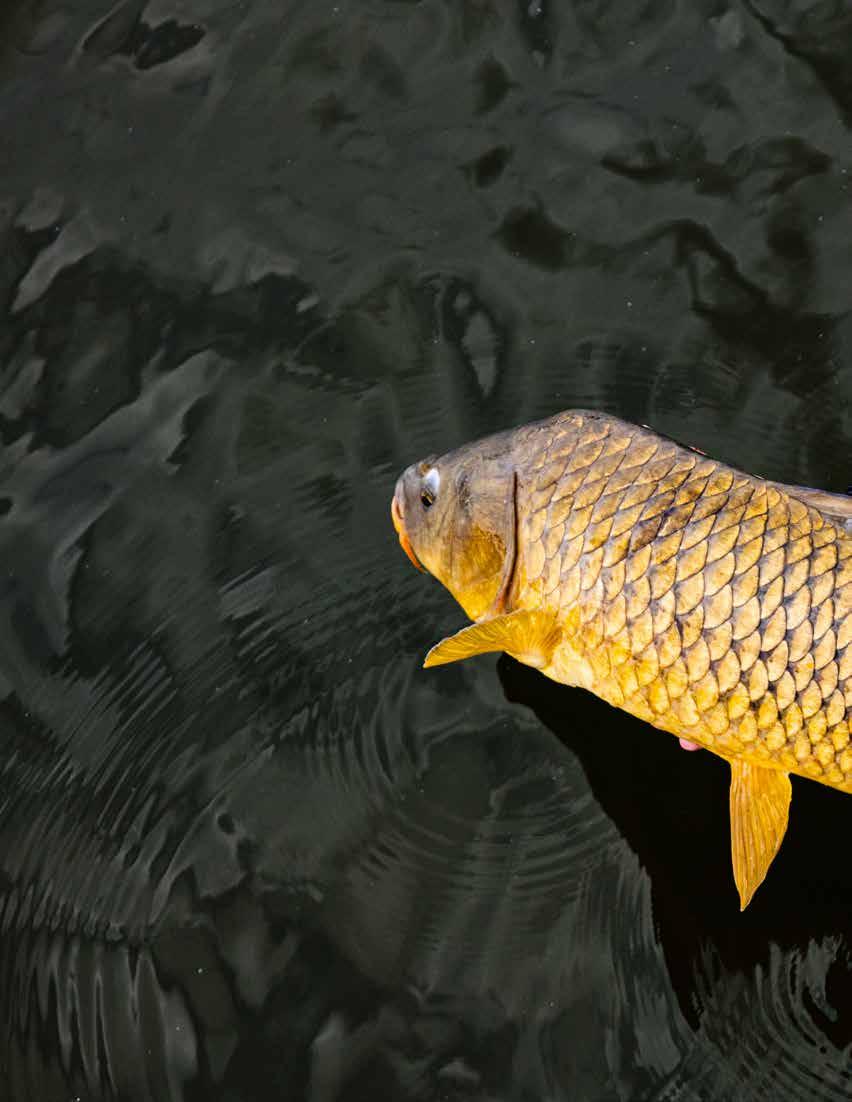 photo by joseph clark
photo by joseph clark


 photo by joseph clark
photo by joseph clark
photo by joseph clark
photo by joseph clark


 photo by alan broyhill
photo by alan broyhill


 photo by alan broyhill
photo by alan broyhill


SHEP IS COOL. SHEP EATS

CICADAS. BE LIKE SHEP.
 photos by alan broyhill
photos by alan broyhill





180 S.C.O.F MAGAZINE
Fur and Feather Matinee
sponsored by Umpqua



watch the full video on our youtube channel
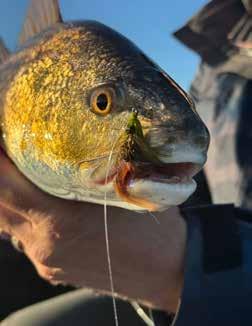

181 S.C.O.F MAGAZINE
The Swagger Shrimp by Capt. Tony Janik
Fishing Hats in Church, Both
Sacred and Profane
by Cola
photos by Gordon Hight
Maybe I should have taken my fishing hat off when I entered the St. Andrew's-Sewanee Chapel to think deeply about cicada exoskeletons, James Agee’s writing, and his metaphor for the passion of Christ being similar to the struggle of “locusts” to transform from their larval state. But mistakes sometimes bring us closer to the truth.
After all, this chapel was the place that my religious worldview was cast into a place of turning away from and back to God. This according to C.S. Lewis was the struggle of “faith” itself. I remember my morning watch on the night of Maundy Thursday before Good Friday as an eighteen-yearold in religion class. Fueled by coffee and cigarettes, my classmates and I stayed up all night working the rigorous academic routine of this fine boarding school, followed by 30 minutes of prayer in the chapel, and a morning hike to smoke on the brow of the mountain at a location known as Piney Point.
James Agee writes about an event in the Episcopalian tradition in his lesser known novella, The Morning Watch. The following essay is my struggle to come to grips with a small body of literature and a metaphor about cicadas and God. Then I cast down my net on the left side of the boat and went fishing on foot with a cicada fly.
I am no English lit scholar. I am only equipped to say that the writer, James Agee, is a
heroic wordsmith whose ebullient prose is striking for his profoundly constructed imagery and descriptive genius. He was a novelist, film critic, and poet, before dying of a heart attack in 1955 at age 45.
My high school, St Andrew's-Sewanee named their library the James Agee Library as he attended the monastic Order of Holy Cross run school called St Andrews in 1923. My father attended St Andrews in 1964, and later wrote a dissertation on Agee’s masterpiece, Let Us Now Praise Famous Men. Later my step sister lived in the Father Flye house. Father Flye was an Agee mentor, for a handful of years my sister served as the dean at the merged “Mountain” schools that became St Andrew’s- Sewanee.
In Agee’s posthumous work, A Death in the Family, Agee won a Pulitzer Prize for fiction in 1958. This book is about his boyhood relationship with his father who ultimately dies in a car accident leaving a lasting imprint on the boy’s development.
When I began reading A Death in the Family I soon learned that though he wrote it after The Morning Watch it is actually set before when Agee was a small boy. The boy in this novel was called “Rufus” which is Agee’s middle name, so it is safe for us to surmise that both books are closely based on Agee’s life experiences. By the time we arrive in Sewanee at Agee’s boarding school his name is subtly different– now he goes by “Richard.”
So devoted SCOF reader, you may be wondering what these books have to do with documenting and showcasing fly fishing in the South. Well, my friends, the books’ central plots are both driven by

182 S.C.O.F MAGAZINE


183 S.C.O.F MAGAZINE

cicada magic, the two books lost father by Please excuse here, because beyond what Agee, like so taken with believe he did to symbolically ominous, like does so in the
[...] While hoses key. it seems but urged orifice out. an illusion noise classic of them and discrete long, scarcely set bridge. tree, from from in your the And and the noises her realize catch

184 S.C.O.F MAGAZINE
magic, and here is how. I will treat books that deal with mourning a by the use of cicada imagery.
excuse the liberties I am taking because we should not go too far what is textual in our analysis. so many non-fishermen, was calling cicadas “locusts.” I did this in A Death in the Family symbolically foreshadow something like the death of his father. He the following passage:
While the locusts carry on this noise of hoses on their much higher and sharper The noise of the locust is dry, and seems not to be rasped or vibrated urged from him as if through a small orifice by a breath that can never give Also there is never one locust but illusion of at least a thousand. The noise of each locust is pitched in some classic locust range out of which none them varies more than two full tones: yet you seem to hear each locust discrete from all the rest, and there is a long, slow, pulse in their noise, like the scarcely defined arch of a long high bridge. They are all around in every tree, so that the noise seems to come from nowhere and everywhere at once, from the whole shell heaven, shivering your flesh and teasing your eardrums, boldest of all the sounds of night. yet it is habitual to summer nights, is of the great order of noises, like noises of the sea and of the blood precocious grandchild, which you realize you are hearing only when you catch yourself listening. [...]

Without going into too much detail or conducting exegesis on this very long passage, I am intrigued by the use of the phrase, “shell heaven.” Furthermore, he is not discussing wing noise as with grasshoppers. So, I am adamant that Agee is referring to the summer sounds of cicadas when he deploys the phrase “locusts” in favor of evoking its biblical plague-like connotations. Grasshoppers also don’t have shells. Cicadas are being referenced here in my humble opinion.

185 S.C.O.F MAGAZINE
In an earlier book set later in the life of Agee, the author manages to inhabit the voice of a teenager with all the attendant doubt and angst of a teenager, especially one who has lost his father and is subsequently unsure of who he is and what his model should be. Throughout The Morning Watch, Agee is praying to God in the only way a 12-year-old knows how. He imagines in excruciating detail, though it be fine prose style, the death of Christ. This is fitting as his watch occurs in the lady chapel at St. Andrews. The crucifix in the chapel has

Agee thinking and reflecting on Christ’s agony and passion on the cross. Agee highly critical of his thoughts throughout the novella, and the boys he is praying with plan to stay in the chapel furtively past their designated watch. They hike to a quarry and skinny dip in frigid early spring water. But not before Agee notices the shell a “locust” clinging to a tree’s bark. Here he ends the novella with a discussion “locusts” or as we have shown, cicadas. About their shells he writes:
[…] he found breathed with claws, its only into the bark that gentleness that without destroying tightened into sight, not at all it. He held it in the hunched, cloven fingerprint and structure of the they could pierce held it near his Yes even the eyes which had so even the small and fierce expression, embryo, he could book of his grandfather’s, frowning, scowling, remote, dead, as early, ancient […]
186
Christ’s Agee is throughout with their quarry water. of Here of cicadas.
a locust shell, transparent silver gold, the whole back split, the hard only remaining strength, so clenched that it was only with great care and that he was able to detach the shell destroying it. It was as if air had been into substance; only by touch and all by weight, could he know he held in his cupped hand and looked at cloven back, turned it over with one and examined the brutally elaborate the legs and the little talons. He tested: pierce a finger. He turned it again and his eyes: the eyes looked into his. eyes were there, blind silver globes perfectly contained the living eyes: small rudimentary face in its convulsed expression, the face of a human could remember the engraving in a grandfather’s, a paroxysm of armor, scowling, glaring, very serious, angry, a devil, older, stranger than devils, ancient of days, primordial, as trilobites


187 S.C.O.F MAGAZINE
In this long excerpt, we see Agee as fixated on the bug as us anglers, but for very different reasons. He considers its eternal presence dating back to the dinosaurs in a later passage. He even discusses the pain of transformation when he compares the split back of the cicada shell to the pain of Jesus in crucifixion. Does that make the short life cycle of this brood 13 cicada a stint in heaven, or is fish slurping them down off the water’s surface more like Agee’s consideration of Christ in hell until Easter and the resurrection?
Later, Agee’s character, Richard, kills a snake who has shed its skin and he seems to be transformed by this act of the snake biting his hand because he is accepted by the other boys in that moment of violence. The boys feed the snake to the hogs when they return to school. It was not that he was violent so much as wanted to put the snake out of its misery before the other boys tortured the creature. The snake bit his hand, which swelled, as evidenced in the below conclusion to the novella making clear the importance of cicadas to Agee’s character development:
When the boys turned from the sty he followed them towards the Main Building carrying, step by step with less difficulty, the diminishing weight in his soul and body, his right hand hanging with a feeling of subtle enlargement at his thigh, his left hand sustaining, in exquisite protectiveness, the bodiless shell which rested against his heart.
Clearly, I am not the only one obsessed with this ancient being that is so symbolically representative of the human quest for ascension and transformation. Many of us believe we have a soul that will eventually kill us and rip out of our bodies like the transformation Jesus suffered on the cross. The soul or body of the “locust” travels from the tree to the belly of a fish, where it will live again as a bass or carp, just as the snake will live again in the bellies of the pigs.
Just some soul reading before you hit the rivers and lakes in search of a chorus of screaming “locusts.”

188 S.C.O.F MAGAZINE
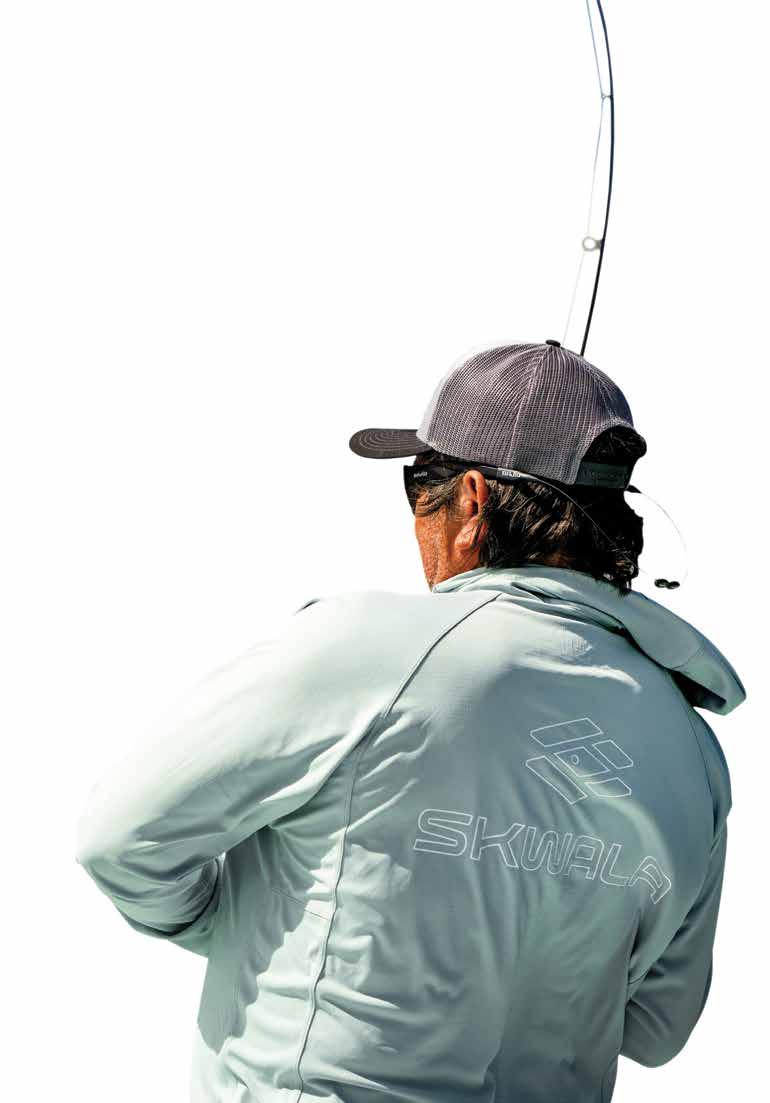
189
BENCH PRESS
Ribbit Rhol
by John Lohr
WHAT U NEED
• size 1 Gamakatsu b10s
• lead wire, .015 diameter
• River Road Creations
• 2mm frog foam
• 1/2” foam cylinder (Yellow)
• 1/4” foam cylinder (Yellow)
• strung saddle hackle (2 feathers per frog)
• medium round rubber leg sheet
• Flymen Fishing Co 7mm living eyes (wind color)
• Super Glue. I prefer loctite liquid brand.
• UV resin. (Gulff Thinman)
• Veevus 140 power thread (Olive)
• Leg puller or bobbin threader
• Bodkin
• single edge and double edge razor blades.
• Bic Intensity metallic marker. (Emerald and Jade green)

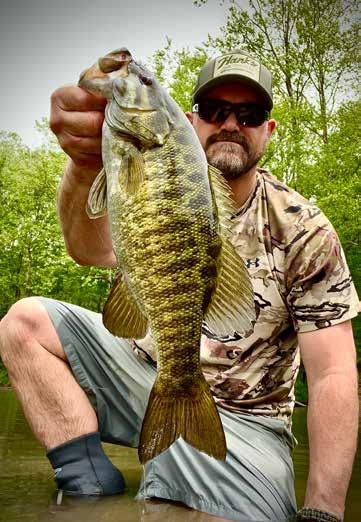
Before U start
• Separate 5 strands of round rubber from the sheet and cut to 5 inches in length. Keep the strands together.
• Tie a single over hand knot from each end of the legs ensuring that both feet angle the same way. Now add a drop of superglue to each knot and let dry.
• Cut the 1/2” foam cylinder to 13/16” long. Sand one end close to a 45 degree angle using a belt sander or razor blade. This will be the top of frog.
• On opposite side (bottom), sand (or cut) a shallow flat area for the belly that gradually slopes to the rear.
SCOF winter fluffer
step by step
1. Wrap the bend of hook with .015 lead wire. 16 wraps.
2. Start thread on hook and completely cover the lead wire wraps
3. Use UV resin to coat the thread wrapped wire and then cure it.
4. Cut a point in the 2mm frog foam and tie in at rear of hook. Use securing wraps right up to the lead wrapped area.
5. Tie in 1 saddle hackle feather at rear of hook tip first and make 6-8 tight wraps stroking hackle rearward between wraps. Secure hackle and cut off excess. Have bobbin hanging directly in front of hackle
6. Tie in rear legs by pinching the leg tip together around the hanging thread and then while applying pressure to the legs lift bobbin and place legs into their place. This is an easy way to find center. Make 3 or 4 tight wraps to the center then fold over the leg and secure with more wraps. Legs should be even angled to the rear.
7. Tie in 2nd saddle hackle feather tip first directly in front of rear legs with 6-8 tight wraps and secure with thread. Cut off excess.






8. Cover the remainder of hook shank with thread up to the hook eye. Whip finish and cut thread.
9. Cut “V” notch in the rear of 1/2” foam cylinder.
10. Cut top front notch in 1/2” foam cylinder.
11. Cut top back of 1/2” foam cylinder lengthwise until it’s 1/16” from the bottom side.
12. Apply superglue to shank of hook and guide the 1/2” foam cylinder body onto the hook shank. The end of your lengthwise cut should meet the bottom of the hook shank. Leave a small space from front of body to the hook eye.
13. Apply super glue to inside the cut portion of body and then squeeze it together on the shank. Hold for 10-15 seconds. Wipe off excess glue if it squeezes out.
14. Apply superglue to front notch of 1/2” foam body and place 1/4” foam cylinder into notch. Press down tightly for 10-15 seconds until glue sets.
15. Apply superglue to upper back portion of the body from the angled portion to the top of 1/4” cylinder.







192 S.C.O.F MAGAZINE
16. Fold over the 2mm foam. Make the fold crease about even with the hook bend. Fold foam on top center of body and press into place. Hold for 10-15 seconds.
17. Fold remainder of foam over the 1/4” foam cylinder tightly and press into hook eye leaving an indentation in the foam. Using bodkin or scissors, poke a thru hole in the indentation.
18. Apply super glue to the top front remainder of body and around hook eye. Then fold foam over body and guide the hook eye through the hole in the foam. Press and hold for 10-15 seconds.
19. Remove frog from vise. Cut excess foam flush with frog belly and make 2 angle cuts that contour the body on the sides.
20. Make 2 angle cuts at rear of frog foam that start from tail and extend to the end of body section. Ensure to hold hackle out of the way when doing this.
21. Using a double sided razor cut 1/4” foam cylinder flush with the edge of 2mm frog foam.
22. Place frog back in vise. Using a drop of glue on bodkin, place glue inside the crease of the tail. Pinch together and hold at an upward angle until dry.








193 S.C.O.F MAGAZINE
23. At this time, if any of the frog foam is not glued to the 1/2” foam cylinder body, apply glue using a bodkin and press into place.
24. Using the metallic markers, color the sides of frog body.
25. Glue the 7mm eyes into place centered on the ends of the 1/4” foam cylinder.
26. Using bodkin, poke a hole completely through the side of body. Hole should be located just above hook shank and slightly behind the eyes.
27. Guide your leg puller or bobbin threader through the hole.
28. Take 3 strands of round rubber cut to around 4” and tie 2 over hand knot that are around 1.5-1.75 apart. Feed tip of legs through leg puller and pull legs through hole. Pull one knotted end completely through.
29. Center the front legs in body and apply a drop of superglue to the knots. Using bodkin, apply drop of glue to where legs go into body. Cut any excess leg material.
30. Apply UV resin to eyes and underside of “V” notch just in front of hackle.
31. Using a bodkin, separate the leg tip strands of rubber on each leg.






194 S.C.O.F MAGAZINE
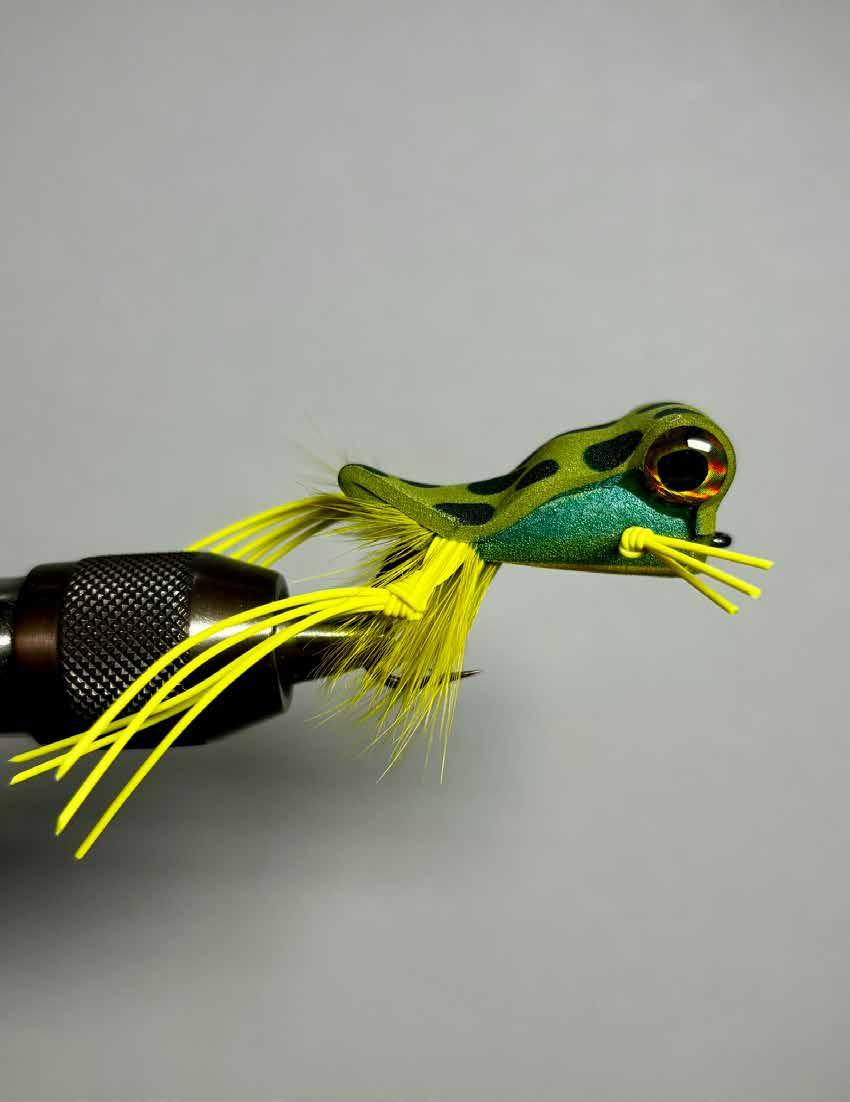


Conservation Corner with Dr. Professor Mike
Dam Removal in the South?
“Sentiment without action is the ruin of the soul.” - Edward Abbey, A Voice Crying in the Wilderness
Growing up in Missouri, my earliest fishing memories are of large lakes – Table Rock, Lake of the Ozarks, and further afield, Kentucky Lake (in Tennessee). Those trips set in motion my lifelong love of angling, even if it wasn’t fly fishing at the time. I still remember fishing for bass in deep water using rubber worms among the skeletal remains of a flooded forest. I never had much success with bass at that age, but crappie were a different story. Like many or even most people, I never gave the origins of those reservoirs a second thought. I never considered what once existed below and among those flooded trees and cliffs. I was simply thankful to be on the water trying to catch a decent bass. It really wasn’t until later in life when I realized what once existed and was flooded out by dams.
I don’t recall the exact moment when I started to understand what was lost or that the reservoirs weren’t natural lakes. Oddly, it may have been while reading James Dickey’s Deliverance when a group of friends decided to paddle the fictional Cahulawassee River in the northwest Georgia before it was flooded. We all know how that ended. Moving forward to today, living in Alabama, I’m constantly reminded of reservoirs and their environmental toll. Mussel Shoals, for example, lost
most of its mussels and shoals after the Wilson Dam was built in 1924. That’s an early but oft repeated example of what began during the depression era. The South lost the vast majority of its freeflowing rivers in the name of electrification and progress. I’m not here to argue the region didn’t benefit from those projects, both in terms of rural development and recreational opportunities, but it also lost many unique environments and species. Dams were seen as progress, in many ways conquering the last vestiges of wild America. Thankfully, in my opinion anyway, the era of big dams is over. Its over for some very practical reasons. First, most of our rivers are already dammed, and second, the environmental impact (especially on fisheries) of dams is now considered in any new proposal. Today, we’ve entered a new era involving dams: the era of dam removal or dam deconstruction.
Dam removal has come a long way over the past 50 years. From eco sci-fi described in Edward Abbey’s The Monkey Wrench Gang (1975) which theoretically targeted Glen Canyon Dam, to actual deconstruction driven by the demand for healthier fisheries, new recreational opportunities, and practical economics once a dam has surpassed its life expectancy. The new era began with the hypothetical and has today moved to the practical. If you’re interested in the history of dams and dam removal, you ought to watch the Patagonia-sponsored documentary Damnation. It’s an awesome film that while is now almost dated, provides an entertaining and comprehensive review of dams and early dam removal in the US. Most of the high-profile dam removal has taken place in New England and the

198 S.C.O.F MAGAZINE


199 S.C.O.F MAGAZINE
Robert Crumb with Edward Abbey in Arches National Park to promote Abbey’s ‘The Monkey Wrench Gang’ illustrated by R. Crumb. Photograph by Ernie Bulow 1985.


200 S.C.O.F MAGAZINE


Pacific Northwest. In Maine for example, the Edward’s Dam on the Kennebec River was removed in 1999 after the federal government refused to reissue its license. Initially dammed in 1837, the local populations of salmon, river herring, eels, sturgeon, and striped bass plummeted. Its removal has opened up 17 more miles of sea run fisheries habitat. Moving forward to 2024, the largest dam removal effort to date has begun on the Klamath River in California and Oregon. The overall effort will remove four aging hydroelectric dams, restoring hundreds of miles of salmon habitat. These are just a couple of the high-profile examples that indicate a national shift in attitudes towards dams and the importance of healthy fisheries. If you’re interested in learning more about other efforts, the organization American Rivers has an awesome interactive data base with an inventory of dams removed in the US since 1912 at Americanrivers. org. I do want to acknowledge that dams have limited the movement of invasive species within watersheds; the silver and bighead carps in the Mississippi basin and Alabama bass along the Atlantic slope as examples. And even tiny structures have kept non-native species like the brown trout from furth displacing native brook trout in the Smokey Mountains. So they are not without some benefit.
Moving closer to home, the larger South has lagged the national trend of deconstruction, although we don’t necessarily lag in number of dams (In 2015, the U.S. Army Corps of Engineers estimated that the state of Alabama had about 2271 dams!) There are no plans or even rumors of removing any of the Tennessee Valley Authority’s mega-dams. And I’m not here
201 S.C.O.F MAGAZINE

to advocate for a Klamath River-scale plan. I am realistic about our political landscape and the love of “lake life” in the South even though I much prefer free flowing streams and native fish over jet skis. The biggest dam removal project to date is taking place on the Chattahoochee River where Georgia Power plans to remove two substantial dams, known as the Langdale Project, located in Georgia east of Valley, Alabama, and the Riverview Project in
Chambers County, Alabama and Harris County, Georgia. Their removal will return 11 miles of the Chattahoochee to a freeflowing state. So, the region is not without a dam removal movement, even if it’s in the early stages compared with Maine. In another development, back in April, the US Forest Service, American Rivers, and Southeast Aquatic Resource Partnership held a training workshop focused on dam removal in the Southeast at Jacksonville

202 S.C.O.F MAGAZINE

State University. According to program director Chad Hoffman at the Coosa Riverkeeper, the meeting was a wideranging meet and greet intended to build partnerships and explore the possibilities of moving forward with dam removal efforts in the South. Any dam removal is going to require the cooperation and partnership between private and public individuals and groups, and this meeting was intended to jump start those relationships. According
to Hoffman, the South is about 40 years behind other regions, but isn’t without dam removal projects or interest in removing dams overall. To date, removals in the South have been “low head” dams (below 40 feet in height according to my esteemed magazine colleague Dr. Hank) that no longer serve any practical purpose and instead present real hazards to paddlers and aquatic ecological connectivity. Removed dams have generally been on

203 S.C.O.F MAGAZINE

smaller tributaries and don’t necessarily rile up the public about government overreach. But even if these seem like low hanging fruit compared with the Klamath project, a movement has to start somewhere. We may never again see the mussels or the shoals at Mussel Shoals given the size of that dam, but again, we have to start somewhere, and fly anglers are in a unique and increasingly powerful position to play an important role in that movement.
one of the dams scheduled for removal on the Chattahoochee. photo by Brett Randolph


The Back Page
Bloodshot Eyes
 By Cola Illo by Hank
By Cola Illo by Hank
Periodical cicadas exist as larvae for thirteen and seventeen years depending on the brood, only to rise like all other hatches from the deep bottoms. They hail from big oak bottoms in the rural countryside where we as a people have not yet encroached upon their domain. Why are they here? Is it a matter of fecundity for turkey, sparrows, and fish of a wide ranging class status? For me, the biggest outlaws have figured out their abundance first— the gar and the catfish sense their portion size and their vibration on the water’s skin. Soon my lovely carp will know, too. But why are they here? If the meaning of life was simple, we would all know the answer. For these bloodshot-eyed demons, they are here for the temporalities of love making. It’s why they whir and whine so much in the trees dangling over impoundment and riverine ecosystems. If they were musicians, they would be an army of Clarence Carter-ish beings as old as the dinosaurs. Their one job is to mate and then die for the consumption of masses of animals. Their struggle to live so that they might breed is ultimately for the balance of everything else. “Listen to the silences” is a good rule of thumb for any scholarly work. When the cicadas are quiet, ask yourself: was there a greater reason for their clamor, perhaps a divine one for their procreation and subsequent death? Only a divine presence knows, but if you see a creator with bloodshot eyes, maybe you should assume more than a dependence on that leafy vegetable known as the Devil’s lettuce.


S.C.O.F Magazine | issue no. 51 | Spring 2024 | Reservoir Bow Hogs
















 by Alan Broyhill
by Alan Broyhill

































 photo by robbie capps
photo by robbie capps















 photo by Alan Broyhill
photo by Alan Broyhill

 photo by ryan stephens
photo by ryan stephens














































 Cohutta Under
Cohutta Under

 Under Water by Austin McDonald
Under Water by Austin McDonald























 Lente Reverie
by: Andrew Krakeel
Lente Reverie
by: Andrew Krakeel









































































 Dave Whitlock seated on dock at Mtn View Lake
mike steinberg hogging the bow
and Sterling Kreider
Dave Whitlock seated on dock at Mtn View Lake
mike steinberg hogging the bow
and Sterling Kreider


 Dave Whitlock and Sterling Kreider
Dave Whitlock and Sterling Kreider



























































 photos by declan rogers
photos by declan rogers

































 photos by Lisa Lowman
photos by Lisa Lowman




 photos by Lisa Lowman
photos by Lisa Lowman


 photo by peter taylor
photo by peter taylor
 photo by josh reynolds
photo by josh reynolds





 photo by joseph clark
photo by joseph clark


 photo by joseph clark
photo by joseph clark
photo by joseph clark
photo by joseph clark


 photo by alan broyhill
photo by alan broyhill


 photo by alan broyhill
photo by alan broyhill



 photos by alan broyhill
photos by alan broyhill



















































 By Cola Illo by Hank
By Cola Illo by Hank

